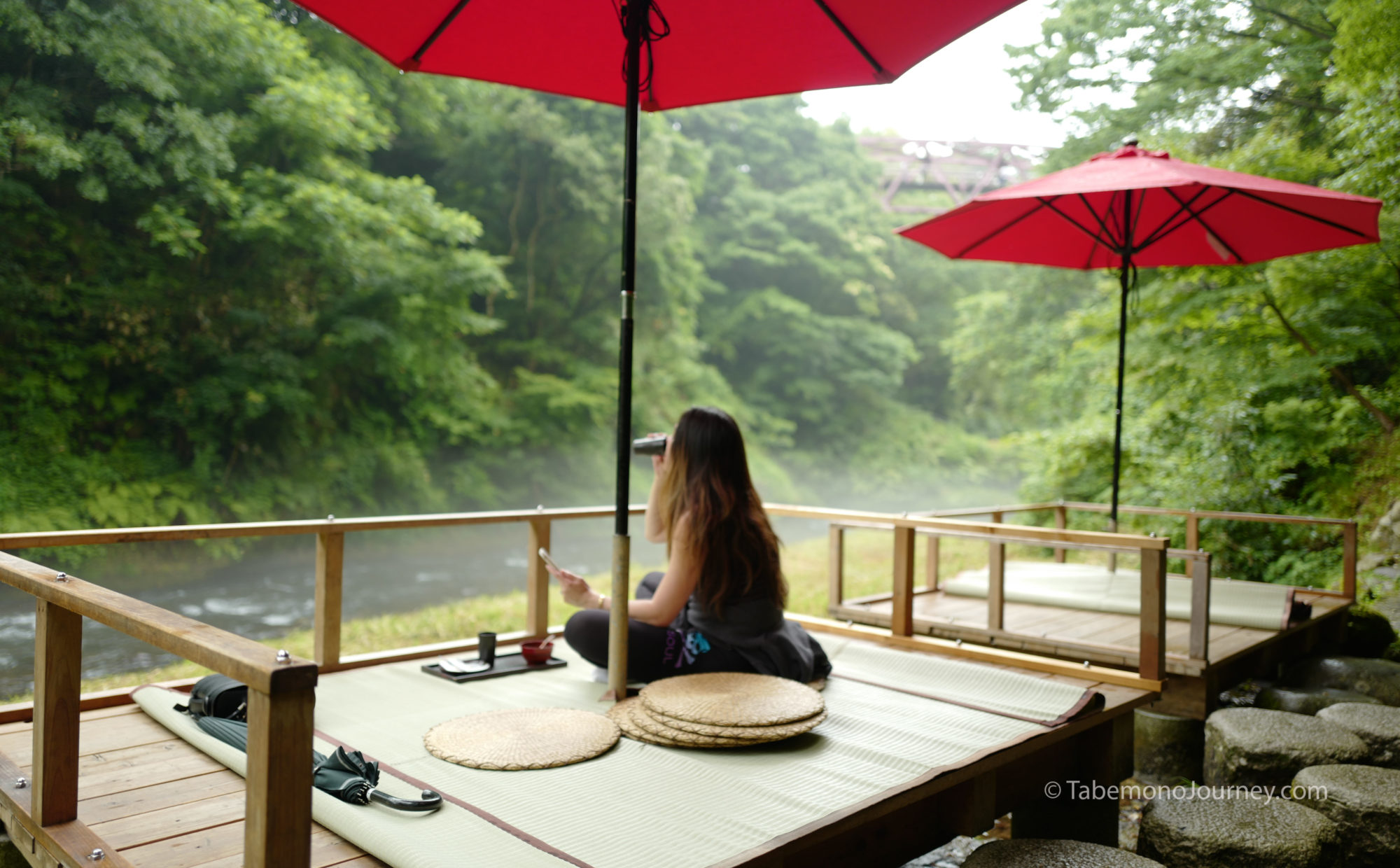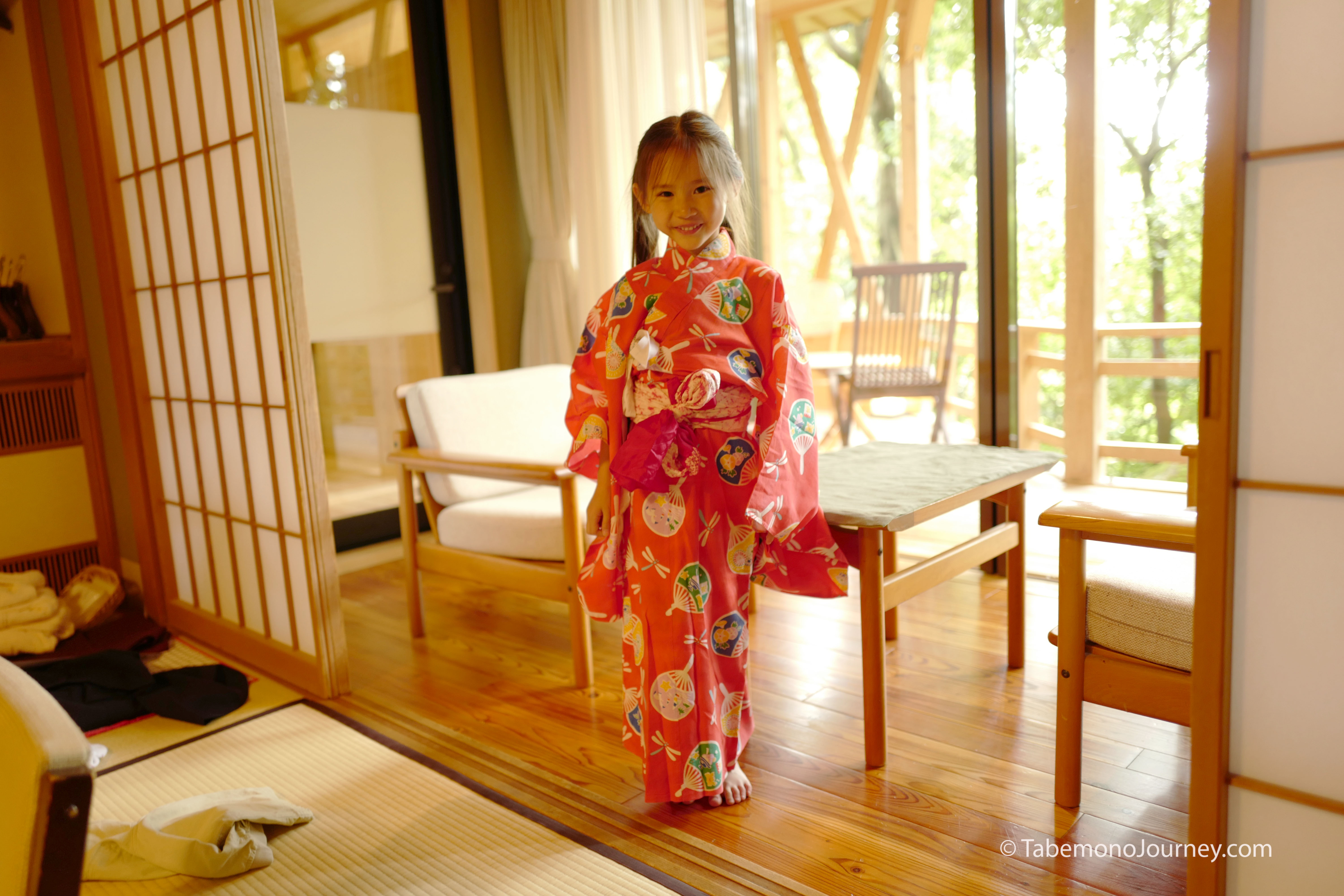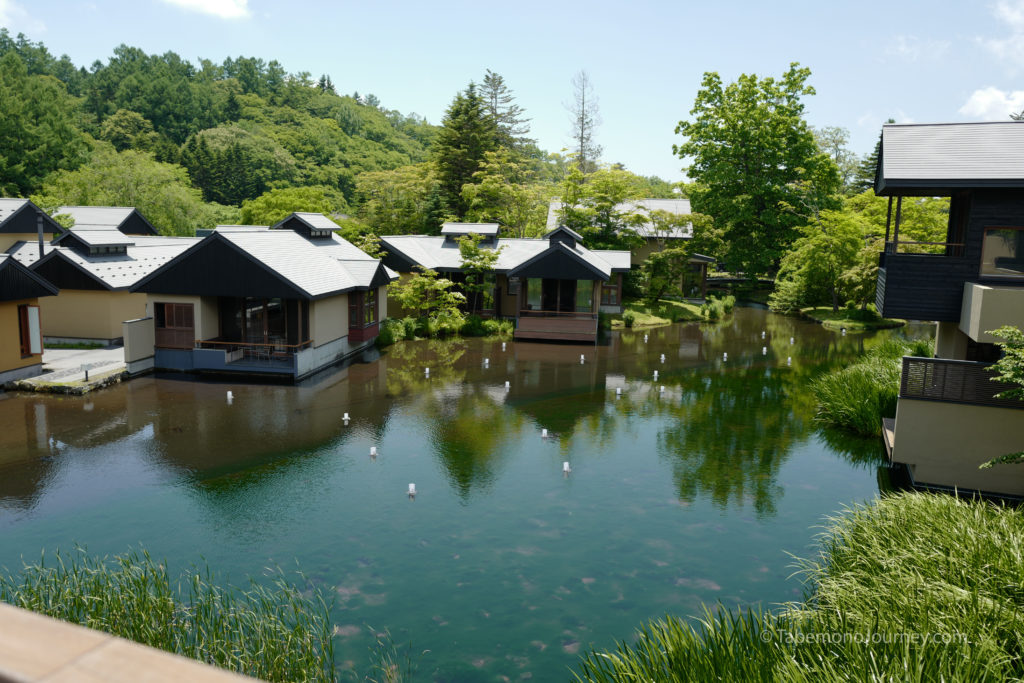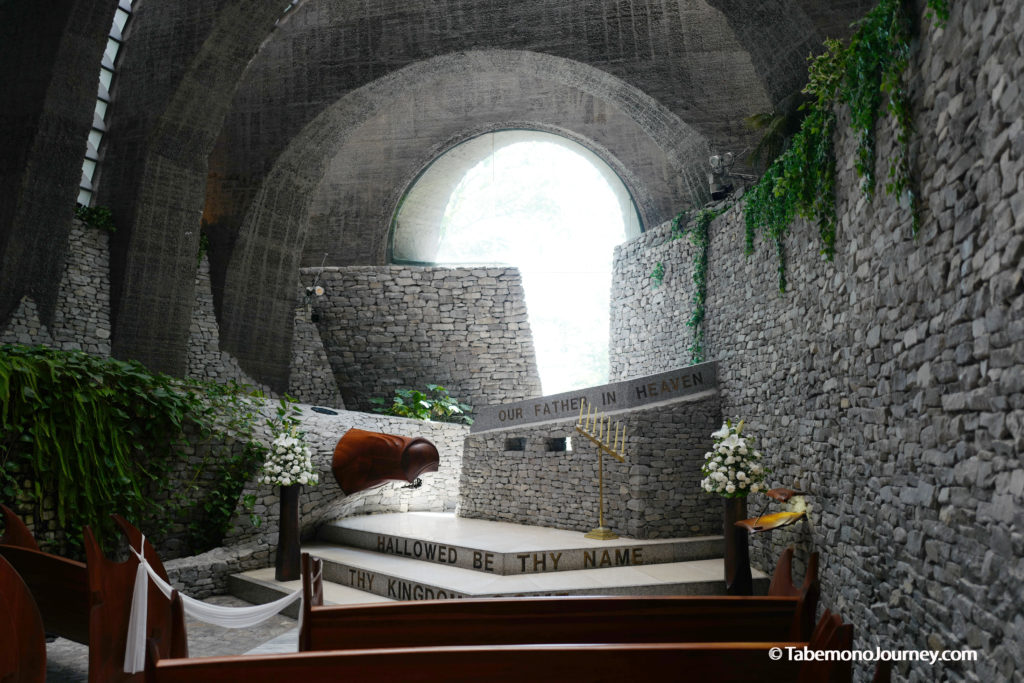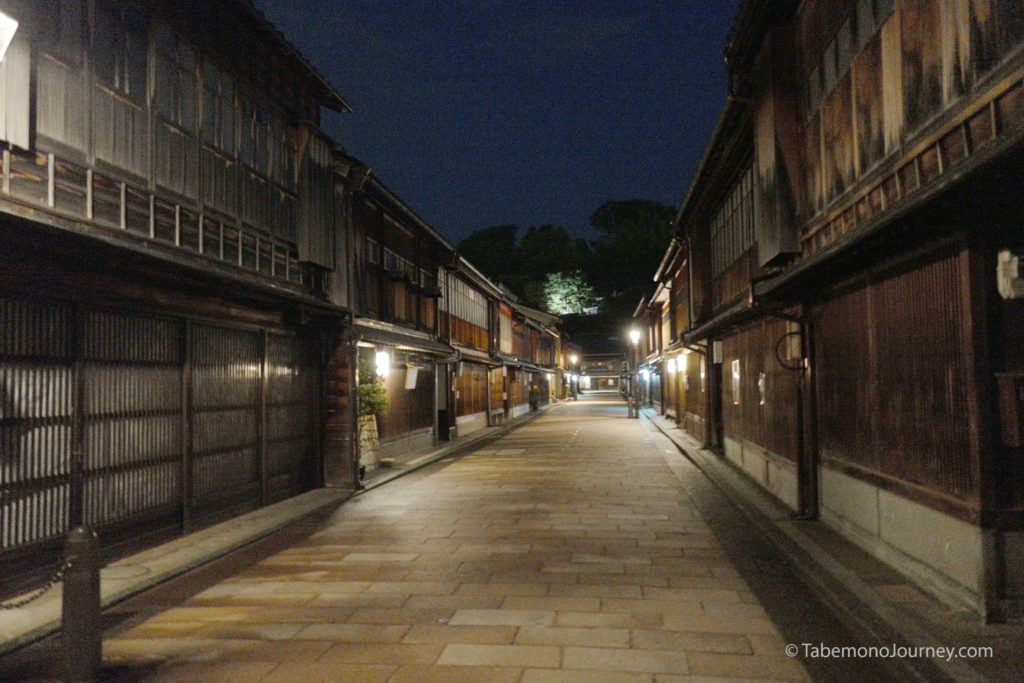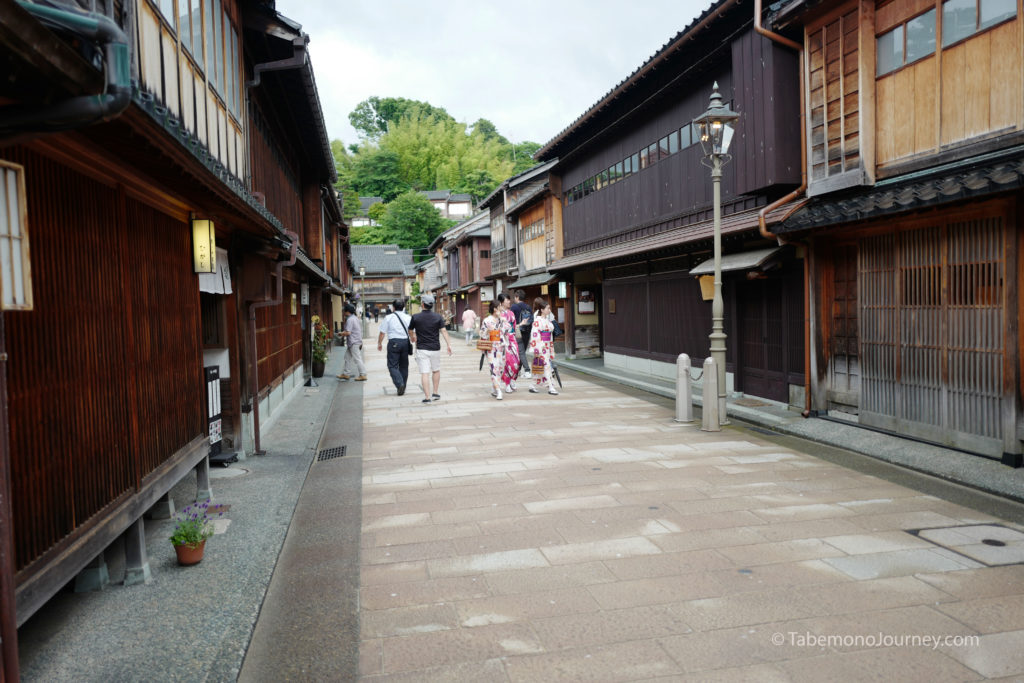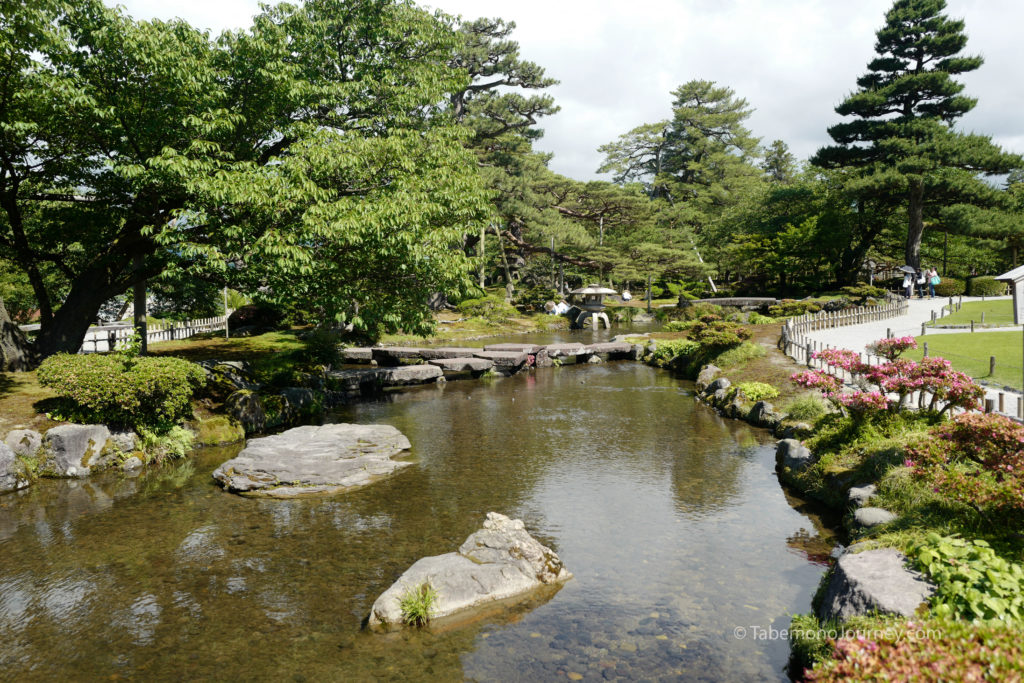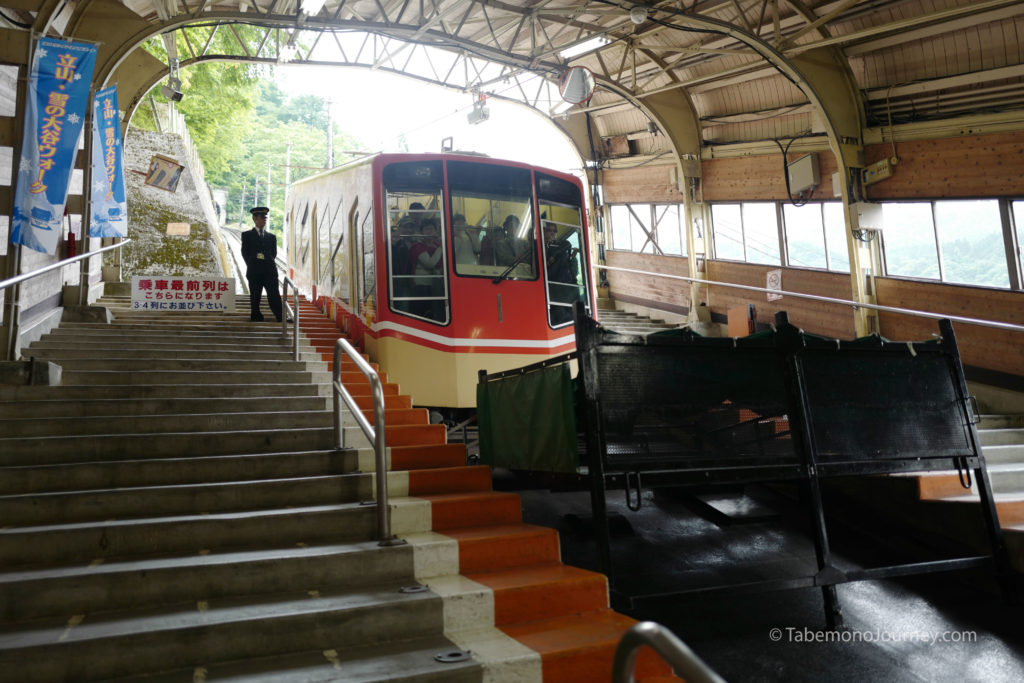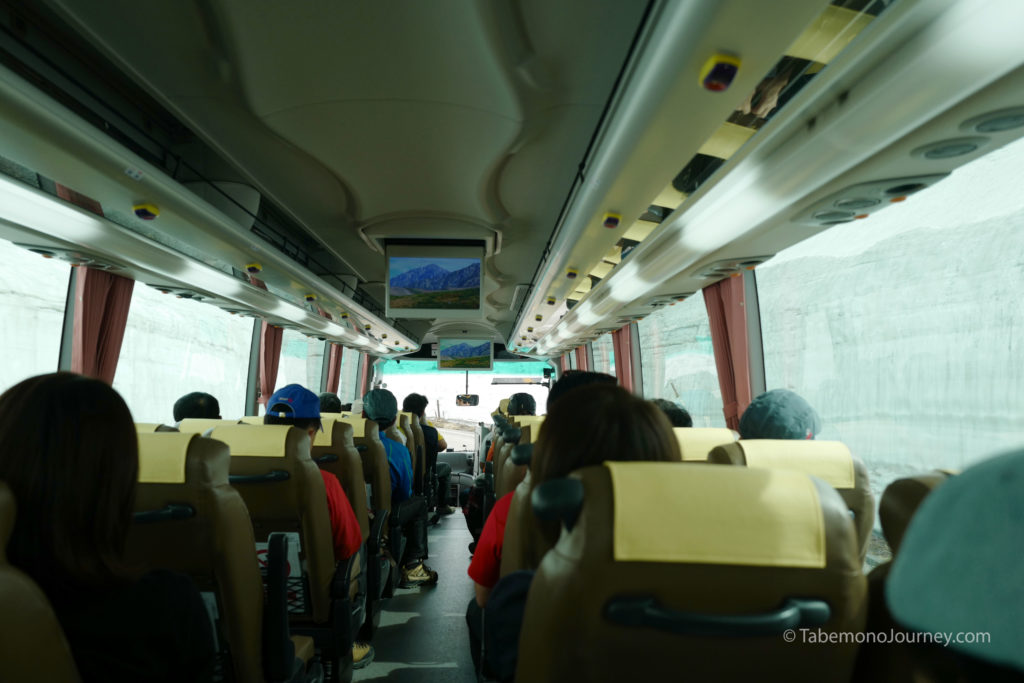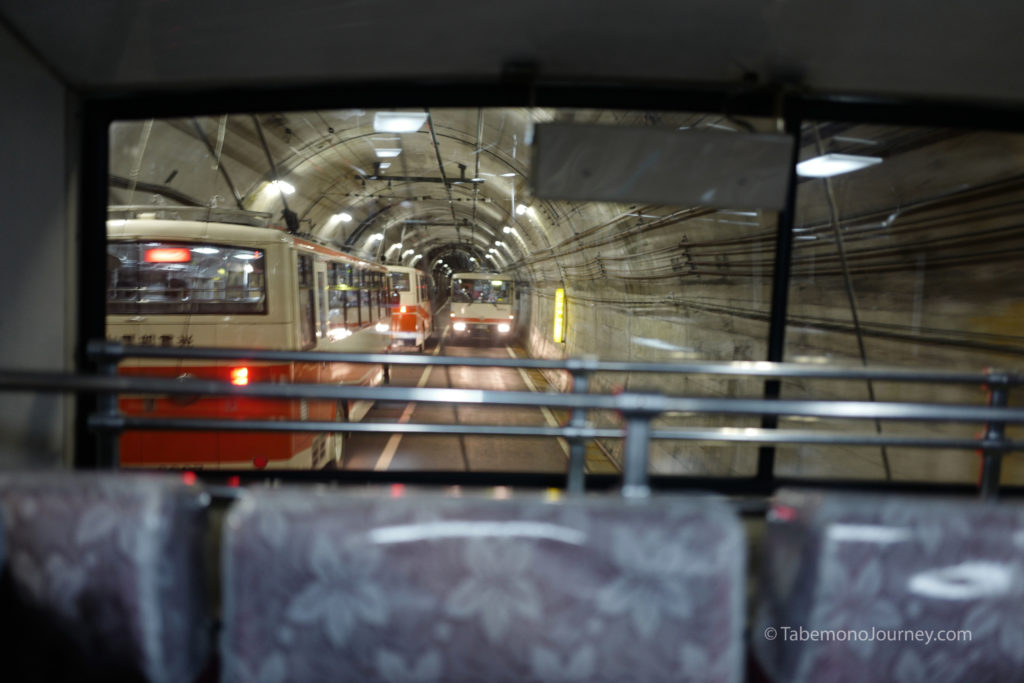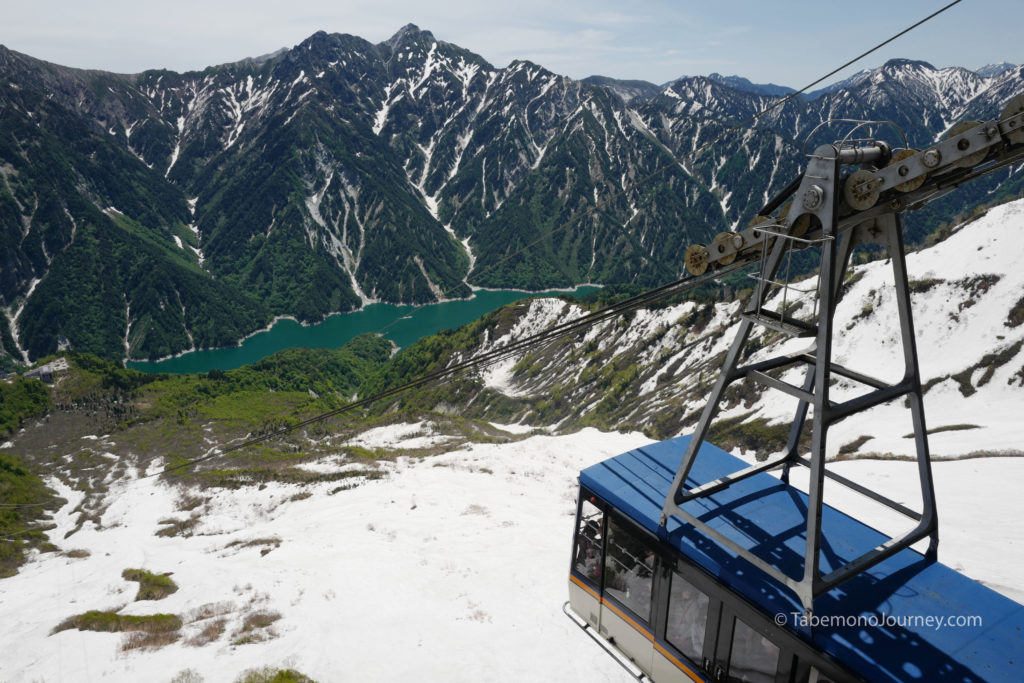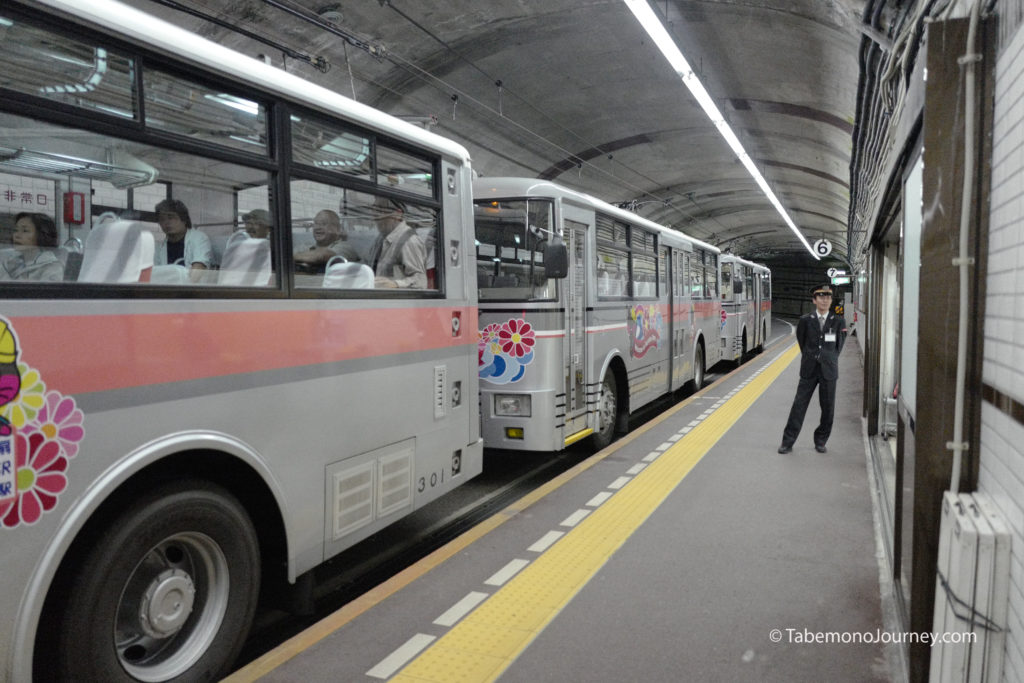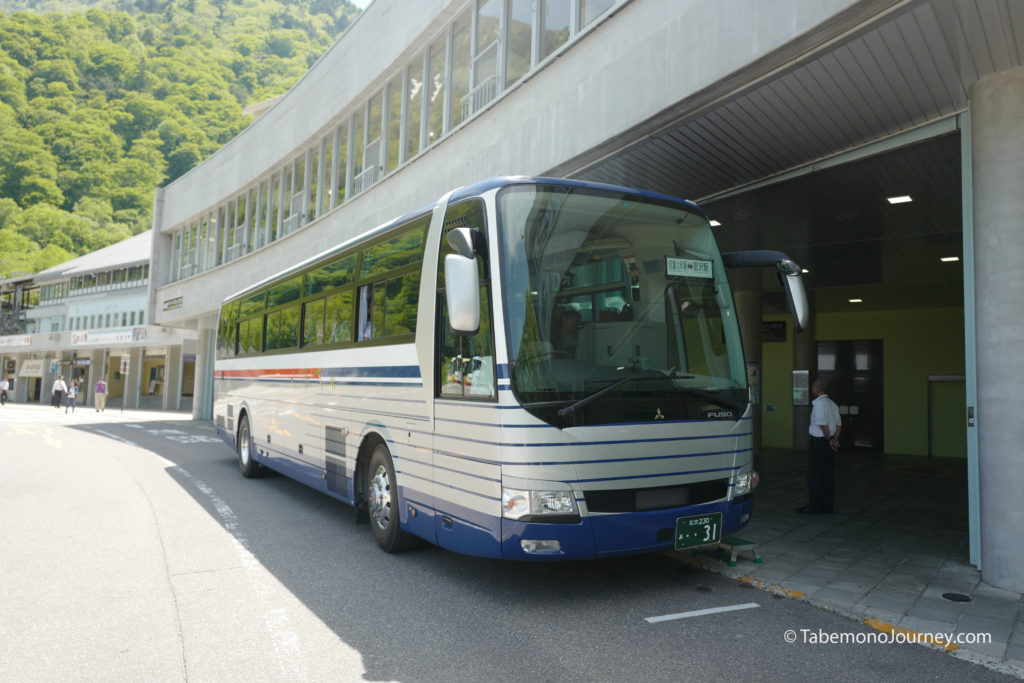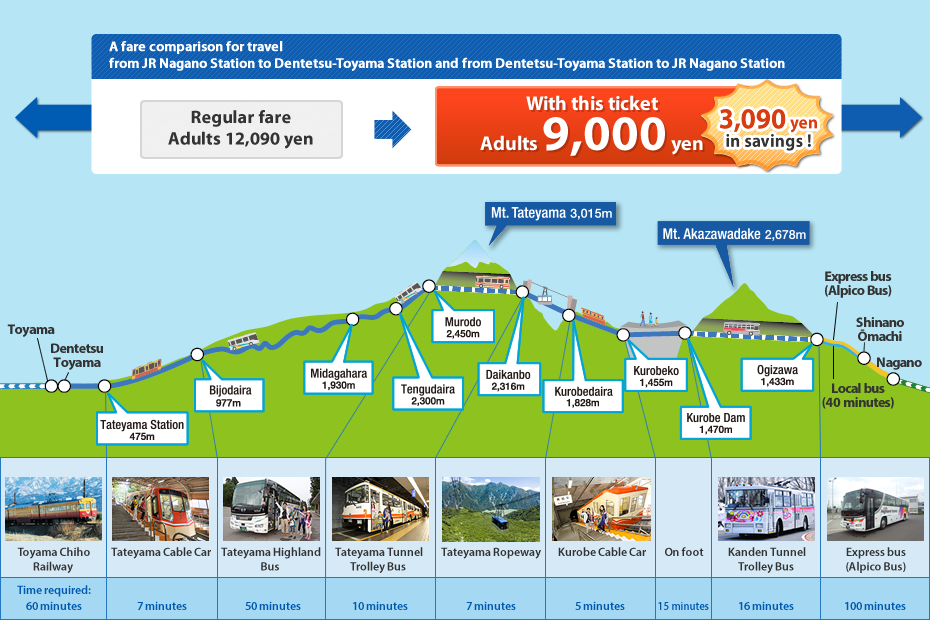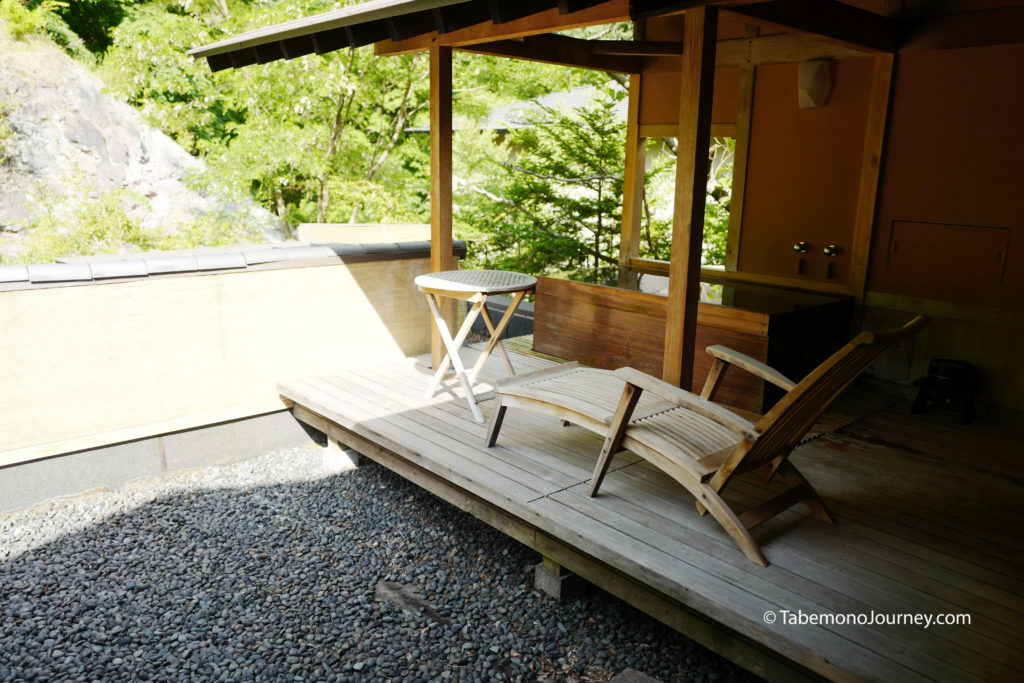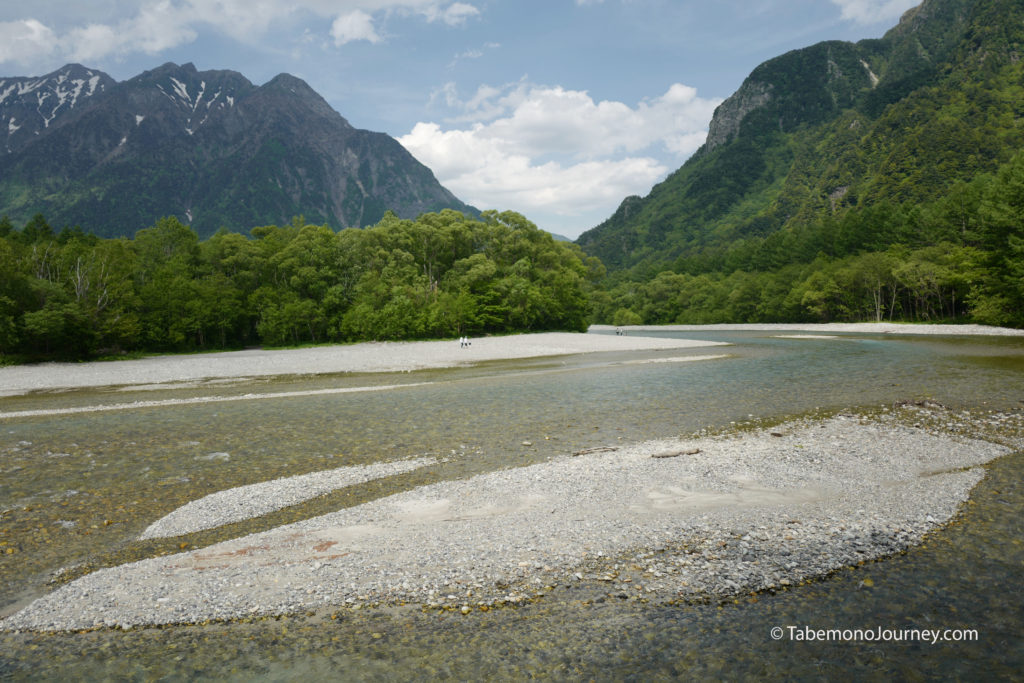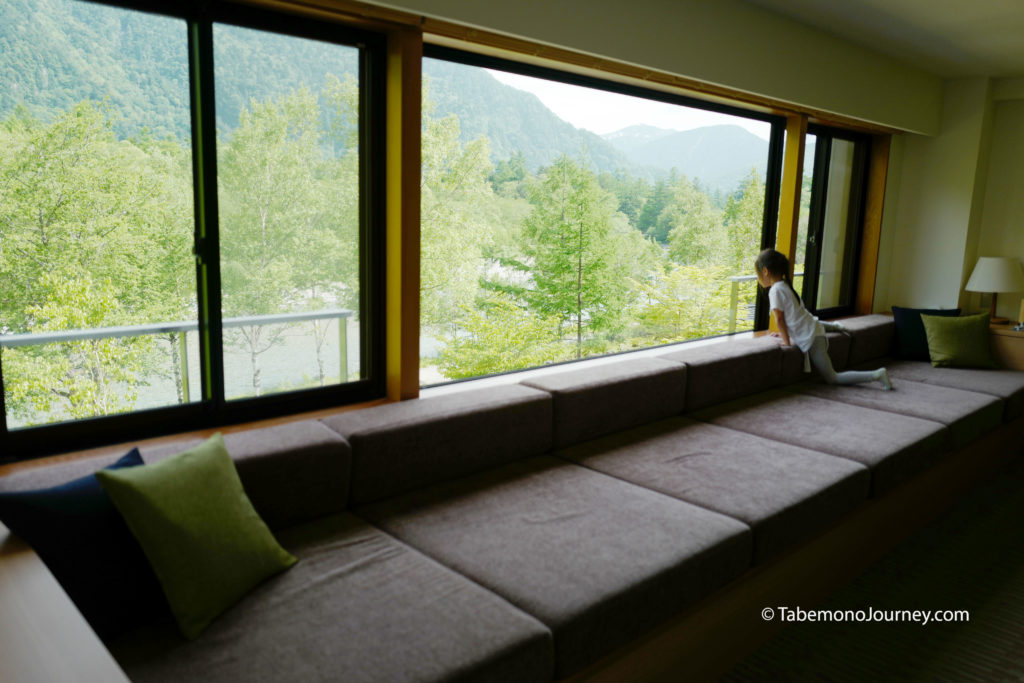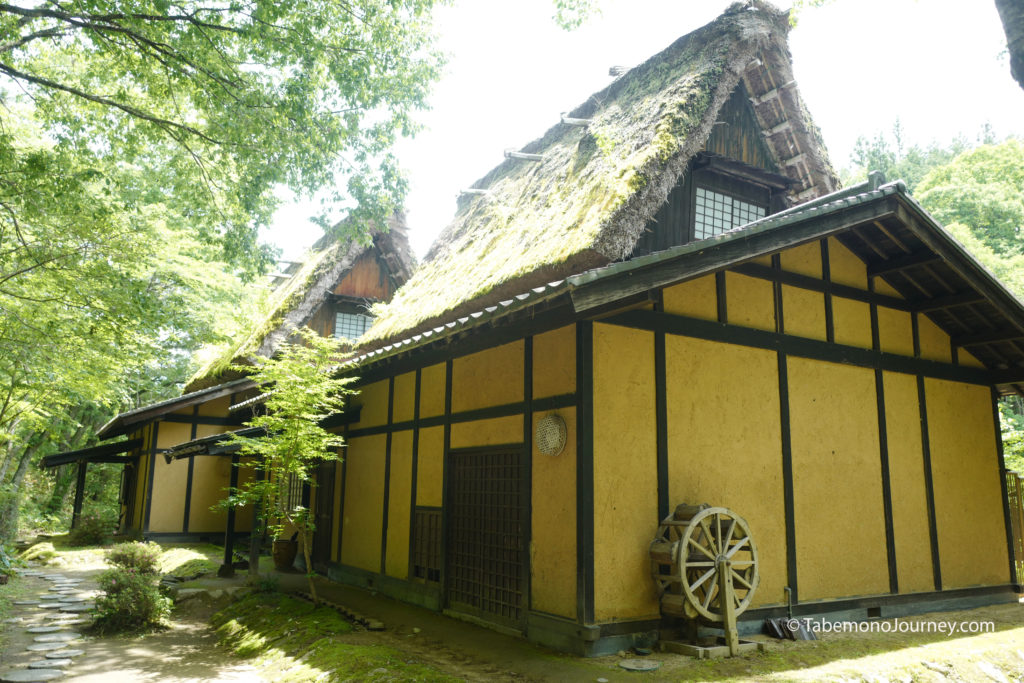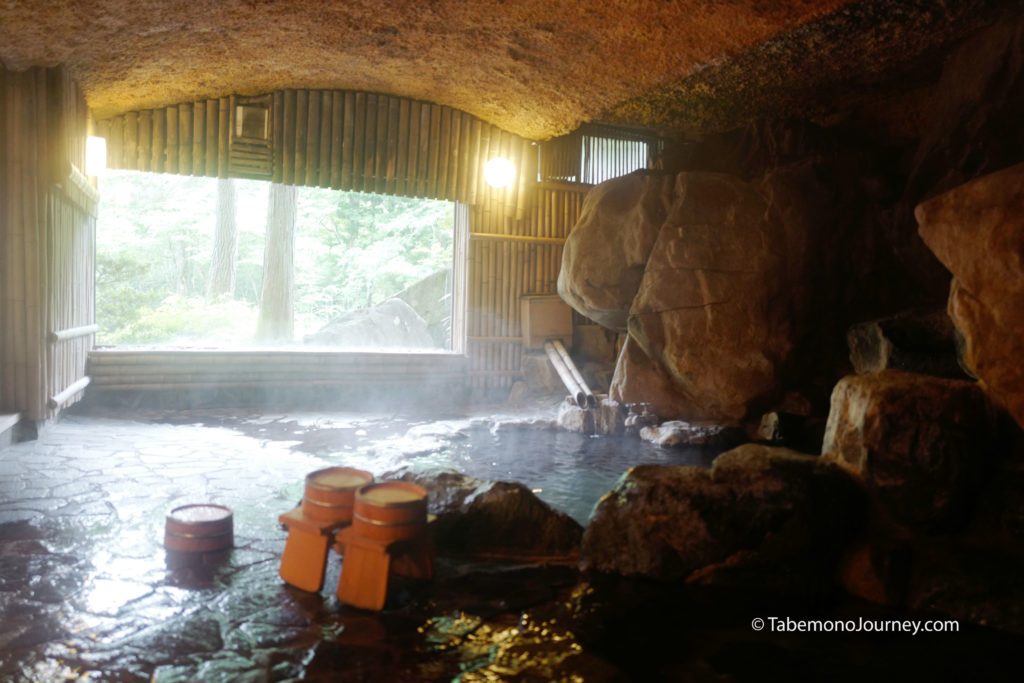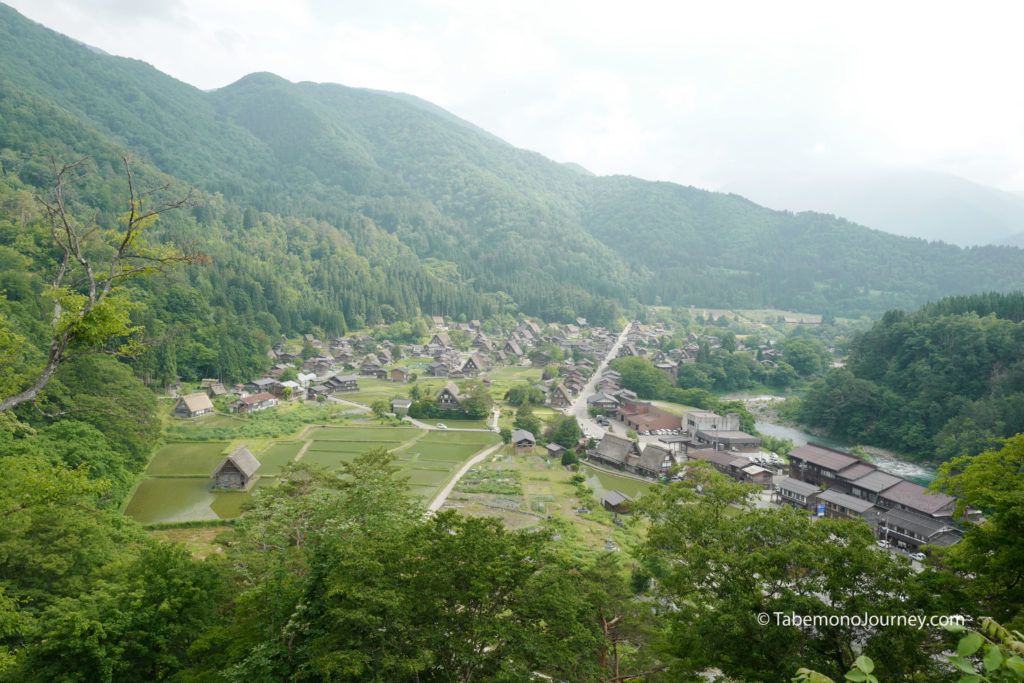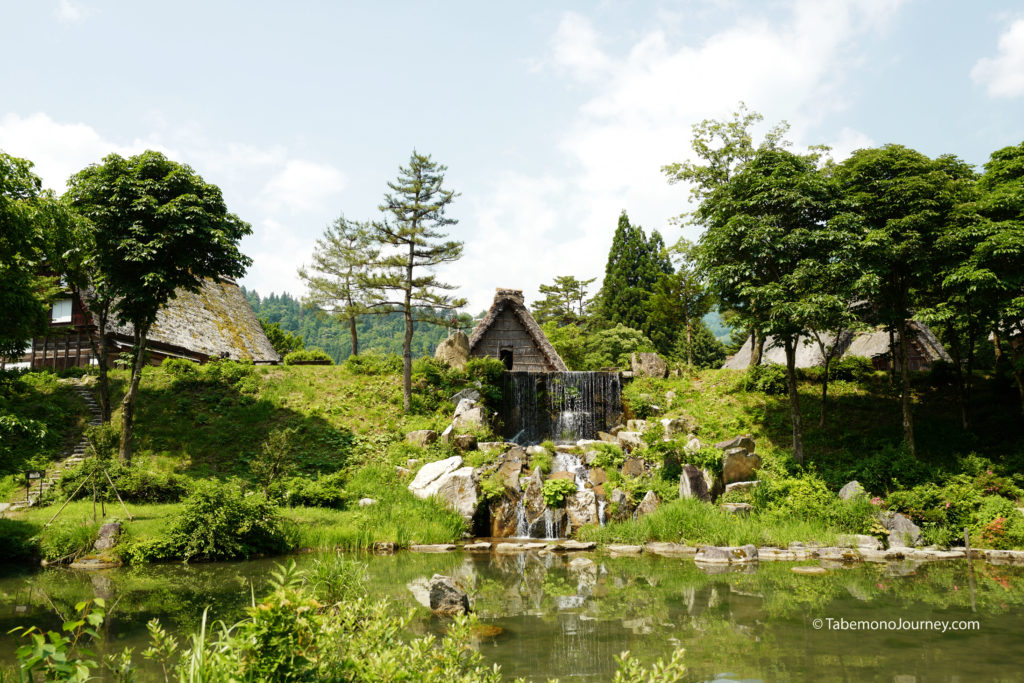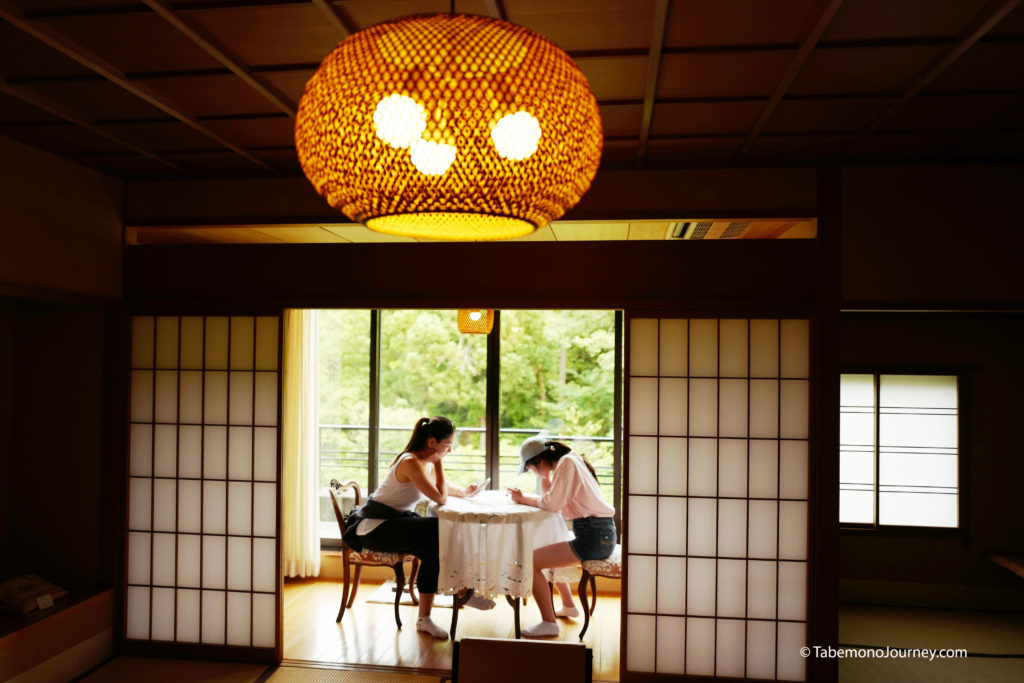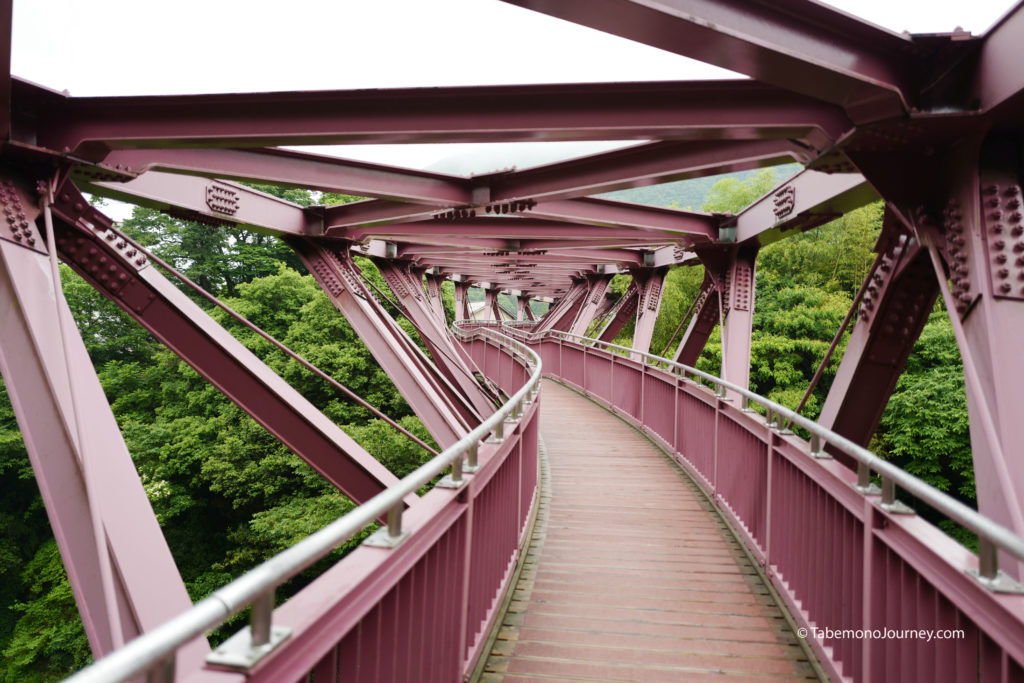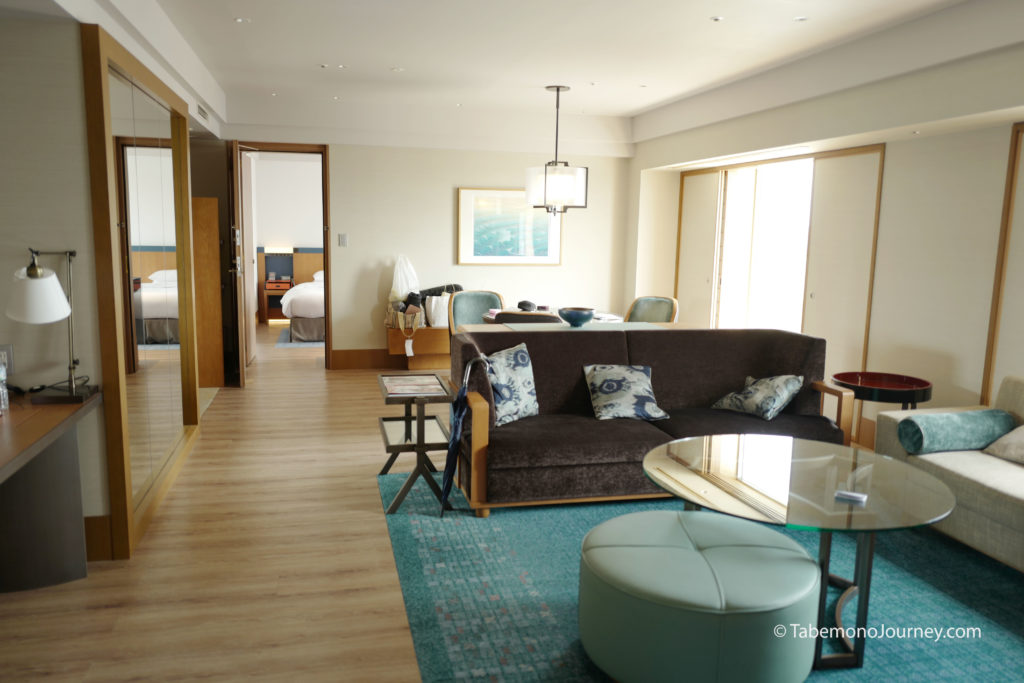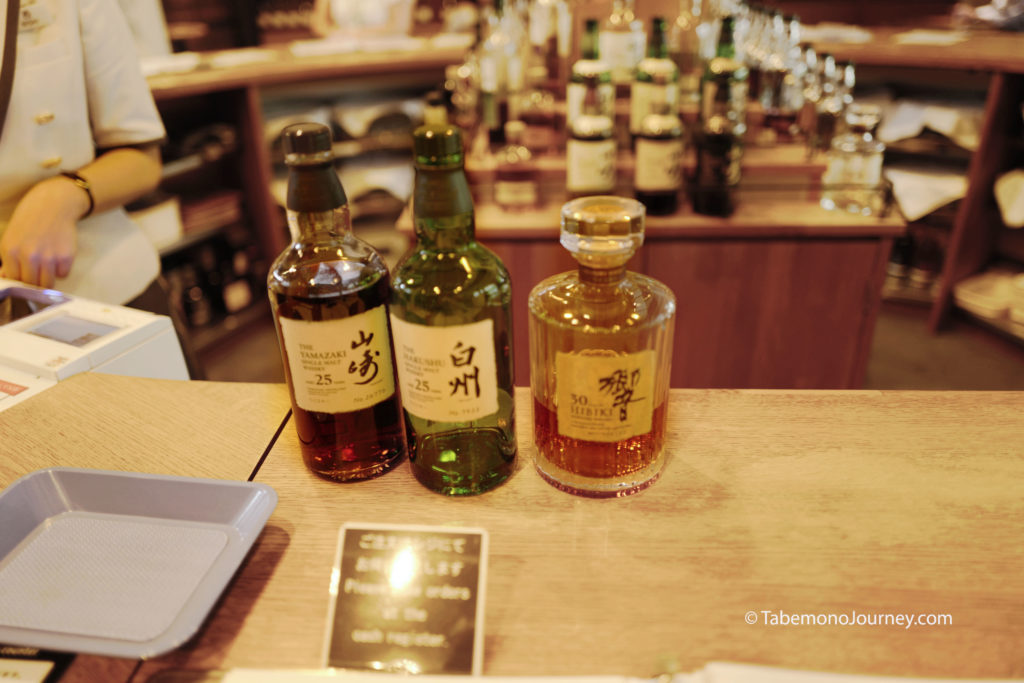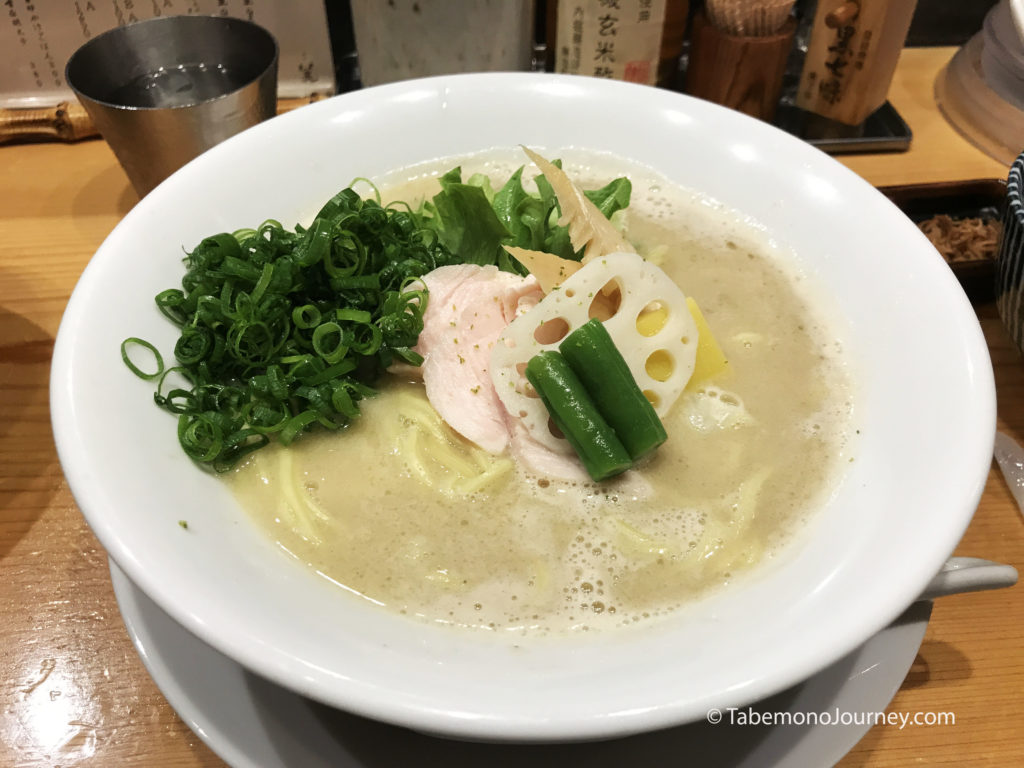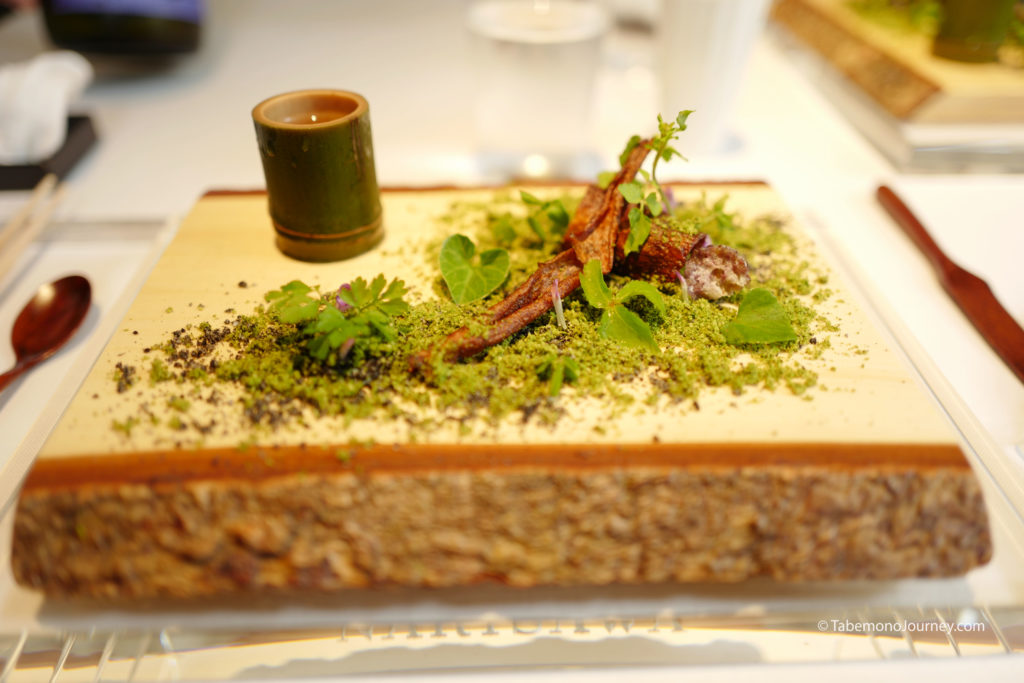I have not updated my blog in a long while since I have been planning, preparing, and finally going on our fourth trip to Japan in June 2017. Like last year’s summer vacation in Hokkaido, we wanted somewhere in Japan relatively cooler as it can get hot and humid in the summers of Japan. This time we decided to focus our trip on the Tateyama Kurobe Alpine Route and decided to do a loop, which consists of:
Kanazawa -> Toyama-> Tateyama Kurobe Alpine Route -> Matsumoto-> Kamikochi -> Takayama -> Shirakawgo -> Kanazawa
In fact, we did a bigger loop the whole trip as we started in Tokyo, travelled to Karuizawa, then did our loop mentioned above, and then wrapped up the trip with visits to Kaga Onsen, Nagayo, and back to Tokyo.
While I still plan to finish up my detailed trip from Hokkaido and Tohoku from last year, this trip was still fresh in our minds and our most ambitious and exciting yet.
Here’s the overall itinerary and the highlights of our stays.
Day 1 – 3 : Tokyo
Like last year, we had to land in Tokyo as I accumulated enough points from Chase and a recent Business United Chase-sign-up bonus. My wife once again wanted to visit Disney Sea and Disneyland. Three years in a row and some time in Los Angeles’s Disneyland was a bit too much. We agreed that when we land, she’ll take our younger three children to the night pass for Disneyland, while I’ll take our teenage daughter to eat sushi for dinner.
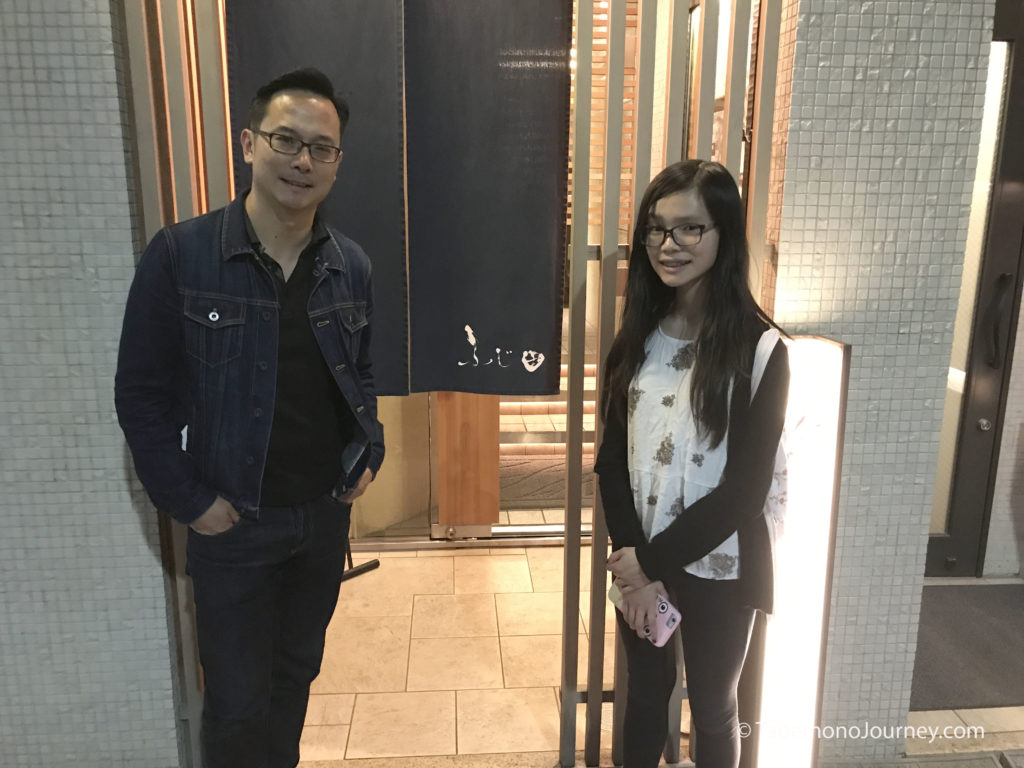
I booked dinner reservations at Sushi Fujita for the day we landed, which is a little risky due to flight delays as most omakase sushi places will charge you full price, even if you miss your reservation. Fortunately our flight was only 30 minutes delayed and we were able to check into our hotel at the MiraCosta in DisneySea, then settle my wife and kids in.
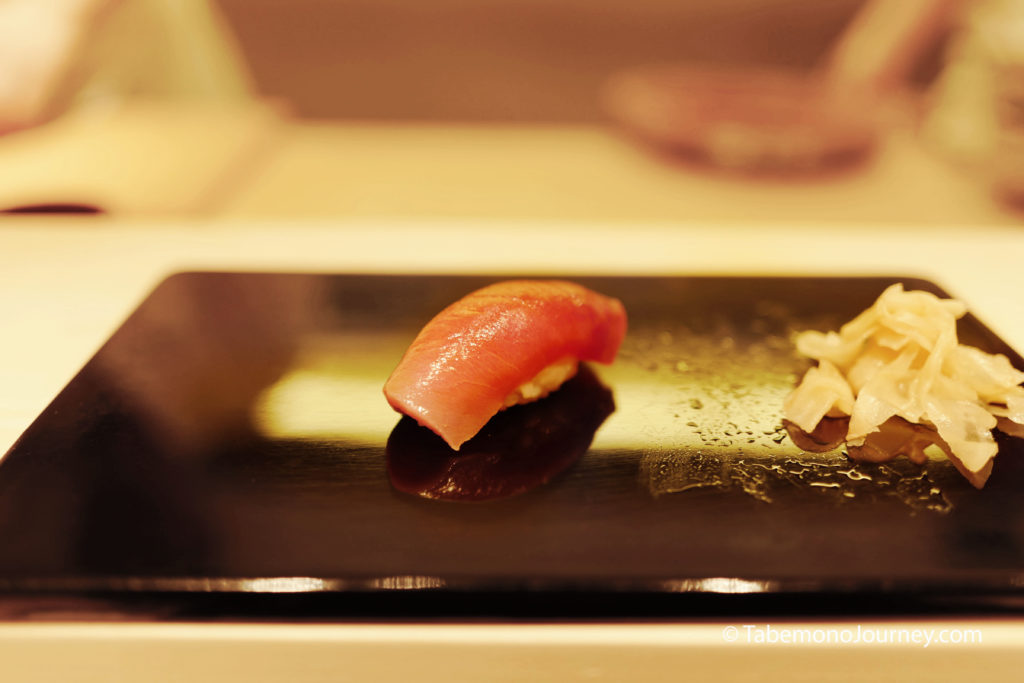
The next day, the whole family spent the afternoon at DisneySea, but for dinner, I once again took my oldest over to Roppongi for another omakase sushi dinner. This time our dinner reservations were at Sushi MasaSho.
Day 3-4 : Karuizawa
We took the Hokuriku Shinkansen to Karuizawa to make our way to our first ryokan at Hoshinoya Karuizawa Resort. In researching places to visit, I fell in love with views of the resort and had to make a stop as it was conveniently on our way to Kanazawa.
The resort was beautiful and served as a middle ground between a ryokan and a western hotel as it was very modern. It had an amazing alkaline water onsen that they called the meditation bath, great for the skin and very relaxing. Dinner at their dining hall was amazing. The restaurant served a delicious kaiseki meal with some courses truly unique to the hotel. It did not disappoint and looked forward to writing a future article on this amazing place.
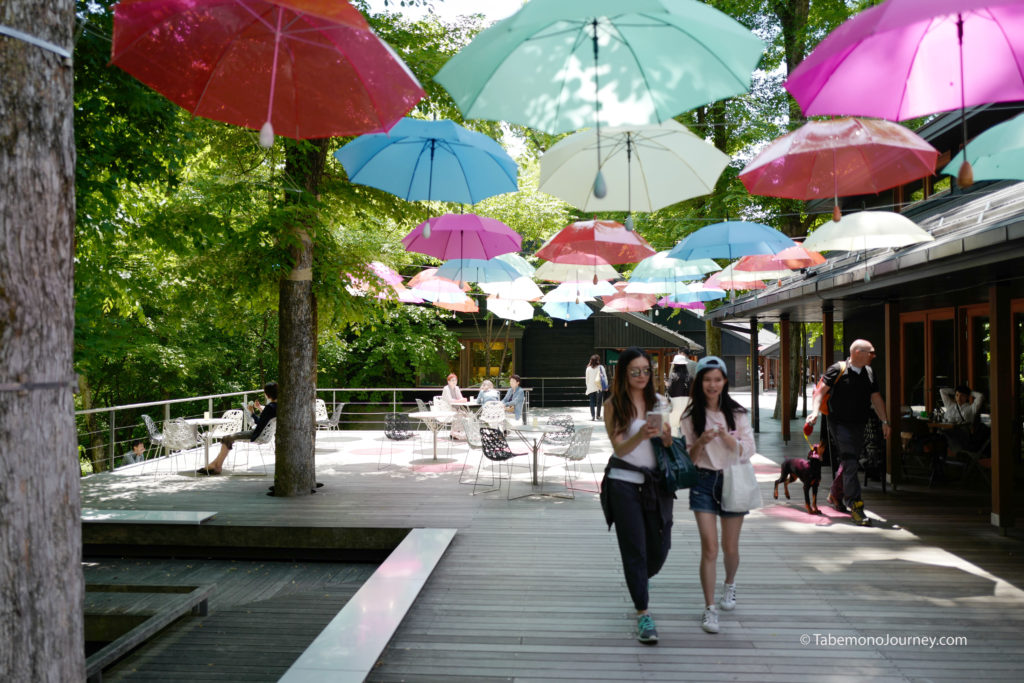
Next to the resort is Harunire Terrace that had a dining and shopping area built on a wooden terrace and was surrounded by rivers and forests. The highlight of the area was the umbrellas strung together to serve as shade that floated and swayed with the breeze.
Additionally, close to the resort and a 15 minute walk away was the stone church. It looked very ancient but was only built about 25 years ago. It had an impressive and charming architectural interior. The exterior of the church was just as amazing as it blended to its surrounding forest flawlessly. This has to be seen in person to truly be appreciated.
My only regret about Karuizawa was that we spent only one night at Hoshinoya Karuizawa.
Day 4-6 : Kanazawa
The next day, we once again took the Hokuriku Shinkansen to make our way to Kanazawa. I always wanted to visit Kanazawa, as it has been touted as having a rich history of samurai, geisha, merchants, and daimyo lords that shaped its history and cityscape. It is also a foodies’ paradise as the seafood comes from the bordering Sea of Japan. Izakaya serving local specialties such as nodoguru (a very fatty sea perch), shiroi ebi (small white shrimp), and many more highlights are the must eat seafood of the area. Additionally, 85-year-old Morita Kazuo is still actively serving some of the best sushi in all of Japan, which my wife and I were fortunate to get a reservation at his restaurant during our stay. 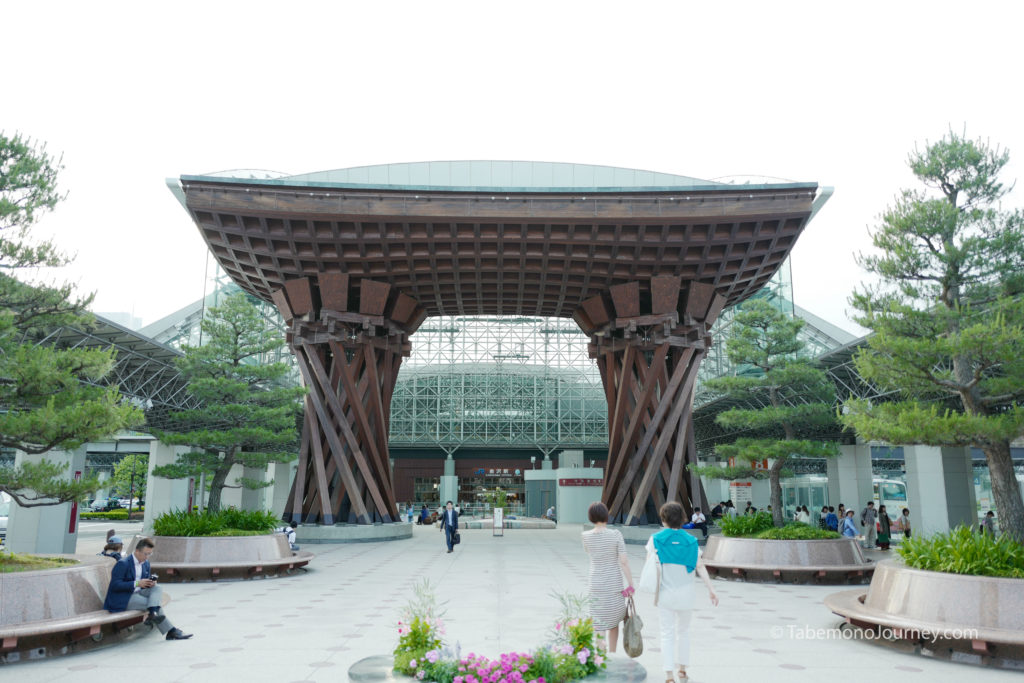
The iconic massive wooden gate at Kanazawa station is impressive in person as it is in the pictures. It is shaped like the torii gates we’ve seen throughout Japan. We stayed almost right across from the station at the Nikko hotel and stayed two nights there. We also visited the various areas below.
After dinner the first night at Itaru Hoten for izakaya, we visited the Higashi Chaya-gai area at night. It had a beautiful, yet eerie feeling as all the shops were closed and the streets almost deserted. This made for some great photo opportunities, but otherwise not much else to do here at night.
The Higashi Chaya-gai area is bustling during the day. It was one of Kanazawa’s most famous geisha areas in the past but now serves as a tea house area that caters to tourists. In fact, on our way here, we walked through a small section of active geisha house called Kazuemachi in the back of the area. We spent our time in this area taking photos, visiting and tasting 12 local sake for a ridiculously low price of 200 yen (~$2 US), eating gold layered soft serve ice cream, and buying various Japanese sweets.
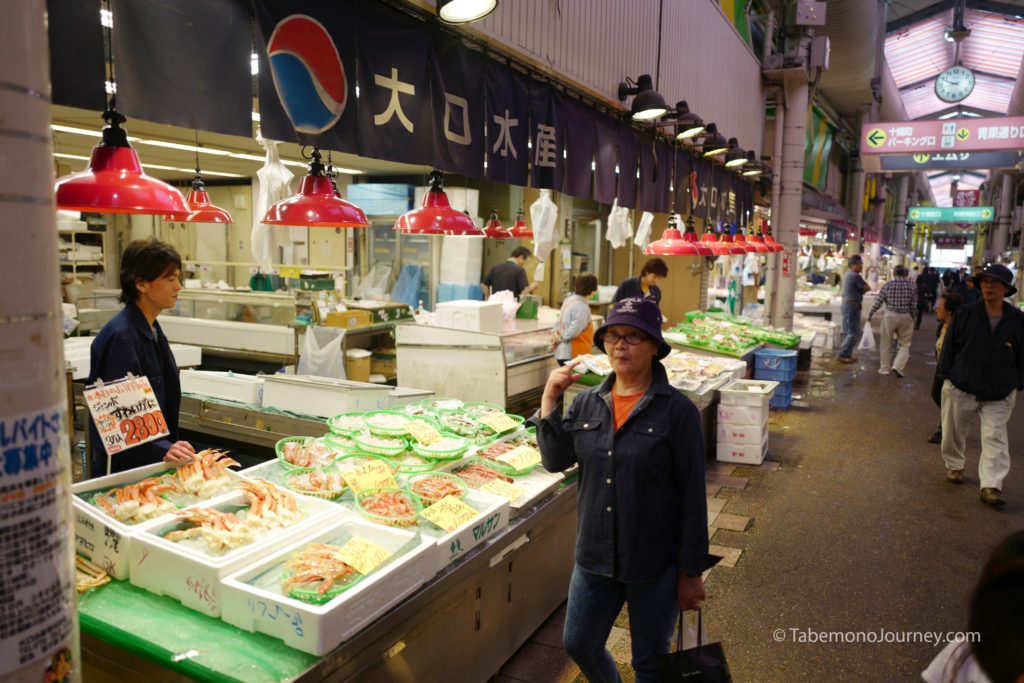 I love visiting fish markets for both the street style food and also for the amazing diversity of products sold that enriches my culinary point of view. Omicho Market is my favorite of the various fish markets I visited as it’s enclosed, orderly, and had a variety of local seafood and produce sold in the area.
I love visiting fish markets for both the street style food and also for the amazing diversity of products sold that enriches my culinary point of view. Omicho Market is my favorite of the various fish markets I visited as it’s enclosed, orderly, and had a variety of local seafood and produce sold in the area.
We also visited Kenroku-en Garden which is one of Japan’s top three gardens. After the park, we visited the connecting nearby Kanazawa Castle site.
Kanazawa lived up to expectations. There were a couple of sight-seeing areas we decided to skip as we had to make preparations for the next stages of our journey. One of our preparations was to pack our clothes for our family of six into two hiking backpacks. This was because our next stages of the trip will be using other means of transportation besides train, such as: rope-way, trolley, and cable cars that have limited space. We shipped our big luggage to Tokyo, which we’ll see 10 days later. This was a cheaper and more convenient than locker storage.
Day 6-7 – Toyama
The next day, we took the local train from Kanazawa to Toyama. We stayed at River Retreat Garaku as I wanted to break up our trip with another ryokan stay and relax in some more onsen. 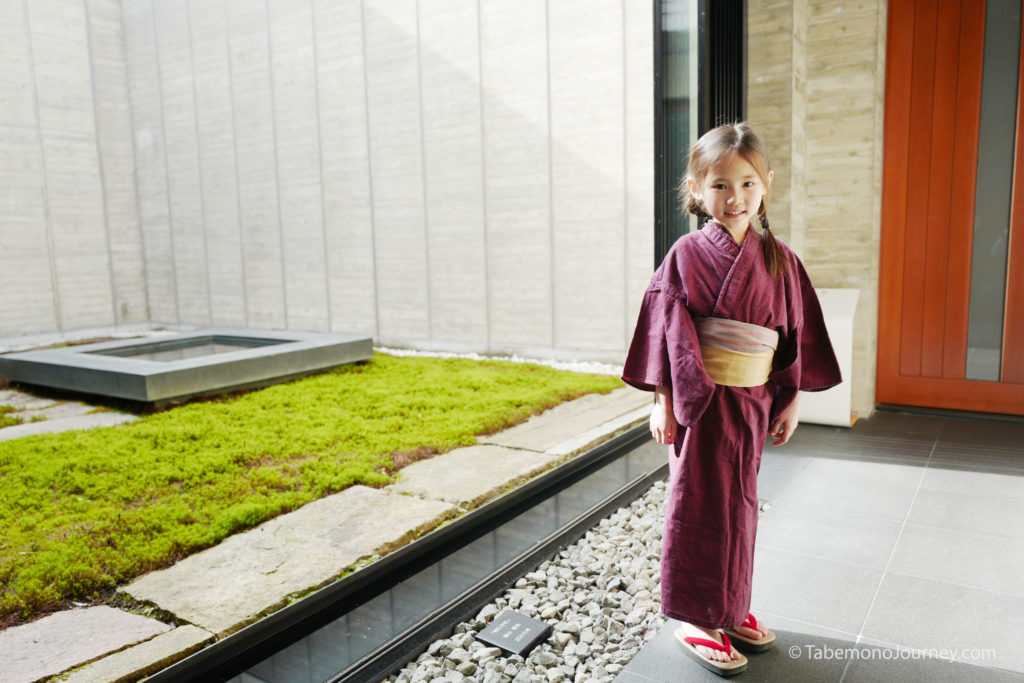
My youngest child posing in her yukata. One of many reasons all my girls love staying at ryokans is that the yukata are both pretty and comfortable. They allow you to further immerse in the Japanese culture.
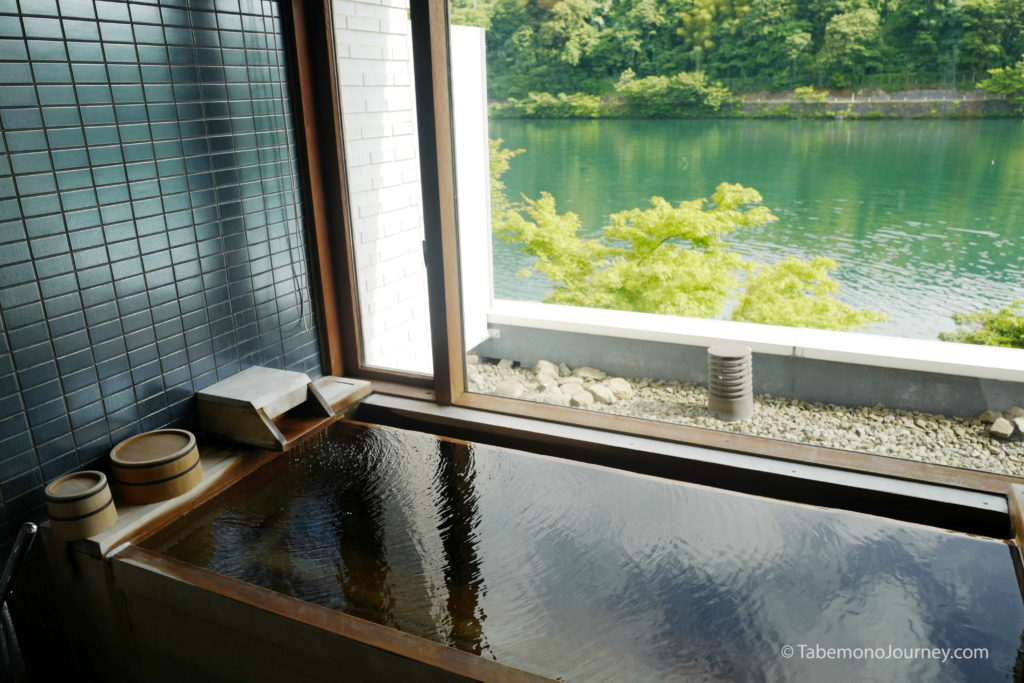
We had a rotenburo bath in our room with onsen water which we used in the morning, but at night, we leveraged the available public onsen as they were bigger and you could unwind and relax before preparing for our trip ahead. River Retreat Garaku Ryokan had two sides, the old and the new. We stayed at the more modern and newer suites. It was huge and more than comfortably accommodated us all. The food for dinner was kaiseki and was excellent. Additionally, I had a great time at the bar area talking about and sampling Japanese whisky with our bartender.
Day 7-8 : Murodo
After the wonderful and relaxing stay at River Retreat Garaku, we would start our adventure to the Tateyama Kurobe Alpine Route, and it was quite an epic journey. We first took the shuttle bus provided by the ryokan to Toyama Station. From there, we purchased a one-way ticket that would cover all our travel tickets from Toyama to Matsumoto. Our first point of the trip was to take the Toyama Chiho Railway Train to Tateyama Station.
Once at Tateyama Station, we lined up to board the Tateyama Cable Car. The cable car was slanted in an almost 40-45 degree angle and took seven minutes to get to Bijodaira Station.
From Bijodaira Station, we took the Tateyama Highland Bus. There were several options for the bus route, and as we wanted to go straight to Murodo, we took the non-stop option, which skips the stops at Midagahara and Tengudaira Station. While on the bus, we saw the season slowly change from the greens of summer, to the snowy mountain scenery in an almost reverse change of the season.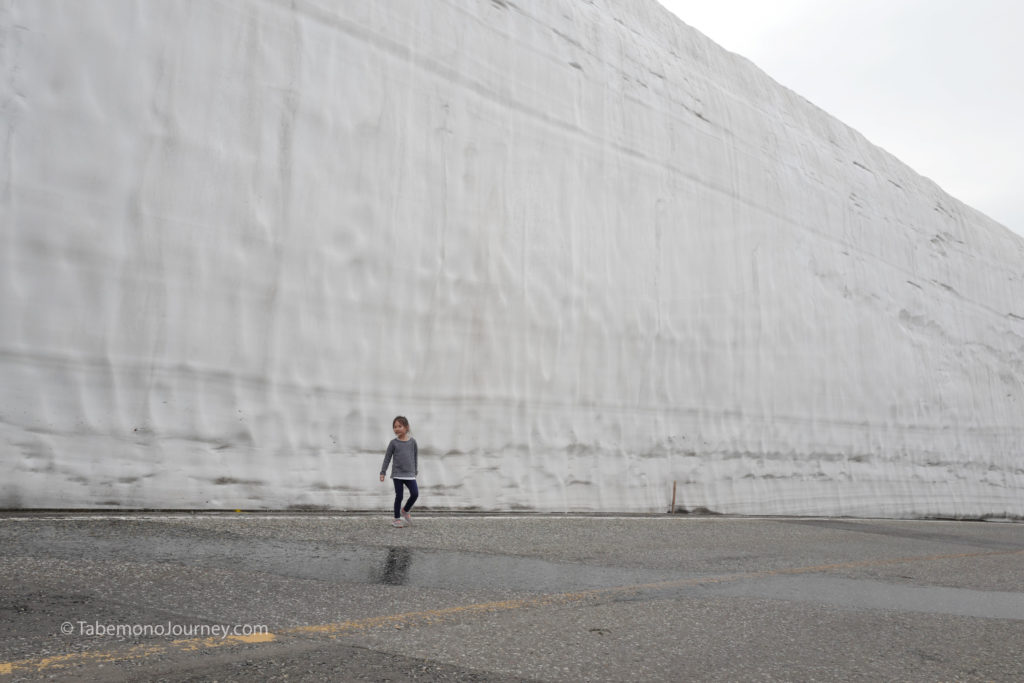
At Murodo, we stayed at Hotel Tateyama. The hotel has the claim of being the highest altitude of any hotel in Japan. We did activities such as hiking through the snowy landscape to seeing a frozen lake and also walked through one of the key attractions of the whole area, the snow wall called Yukino-otani. Pictured above is the snow wall at its highest point with my daughter modeling for scale. We were here on June 19th, and it was one of the last few days for the general public to be able to walk through the snow wall by foot. The walking path for the general public closes on June 22, so this is one of the lowest point the general public can see since the wall is slowly melting. You can only imagine how high it was when the snow wall first opened in April. Our stay in Hotel Tateyama included dinner and breakfast, so we pretty much focused on our other activities such as snow hiking for sightseeing and relaxing at the hotel amenities.
Day 8-9 : Kurobe and Matsumoto
After breakfast, we did a bit of snow sledding that was next to the hotel which our kids really enjoyed. We then packed our backpacks and checked out of the hotel. Our next trolley-bus station was right below Hotel Tateyama.
At Murodo Station, we took the Tateyama Tunnel Trolley Bus which went through an excavated tunnel through Mt. Tateyama. The trolley buses were actually on rails through the tunnel.
The next stop was at Daikanbo Station, which took 10 minutes by the trolley bus. At Daikanbo, we lined up to the Tateyama Ropeway to make our way down the mountain. This was one of the many reasons that we shipped our large luggage and went with backpacks as space was very limited. The view was just amazing as we scaled down the mountain.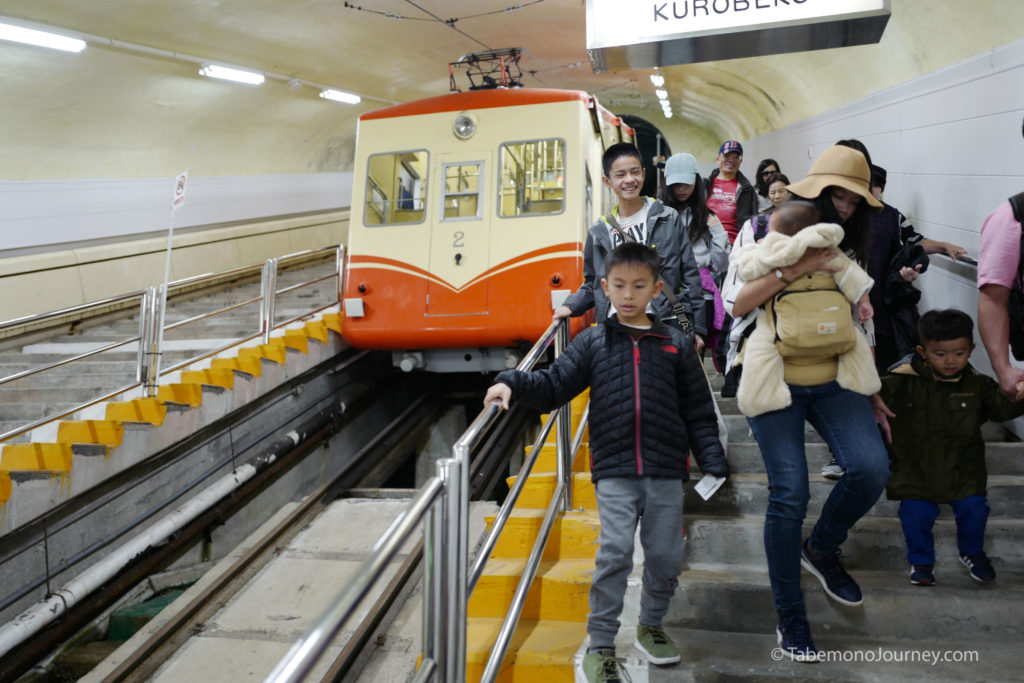
From the rope way , we arrived at Kurobedaira Station, which we then took the Kurobe Cable Car which further our descent down Mt. Tateyama.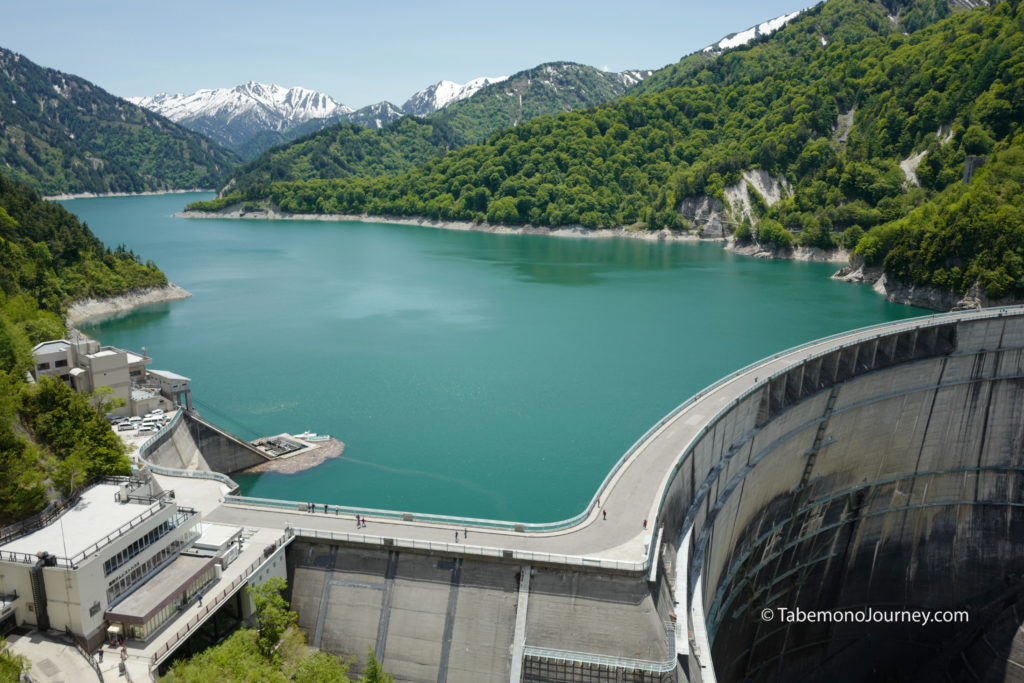
From the cable car, we finally arrived at Kurobeko station. This allowed us to view the Kurobe Dam which was the other highlight of our trip though the Japan Alps. The Kurobe Dam is Japan’s tallest dam, but what made it impressive was the view of snow-capped mountain and forest in the background.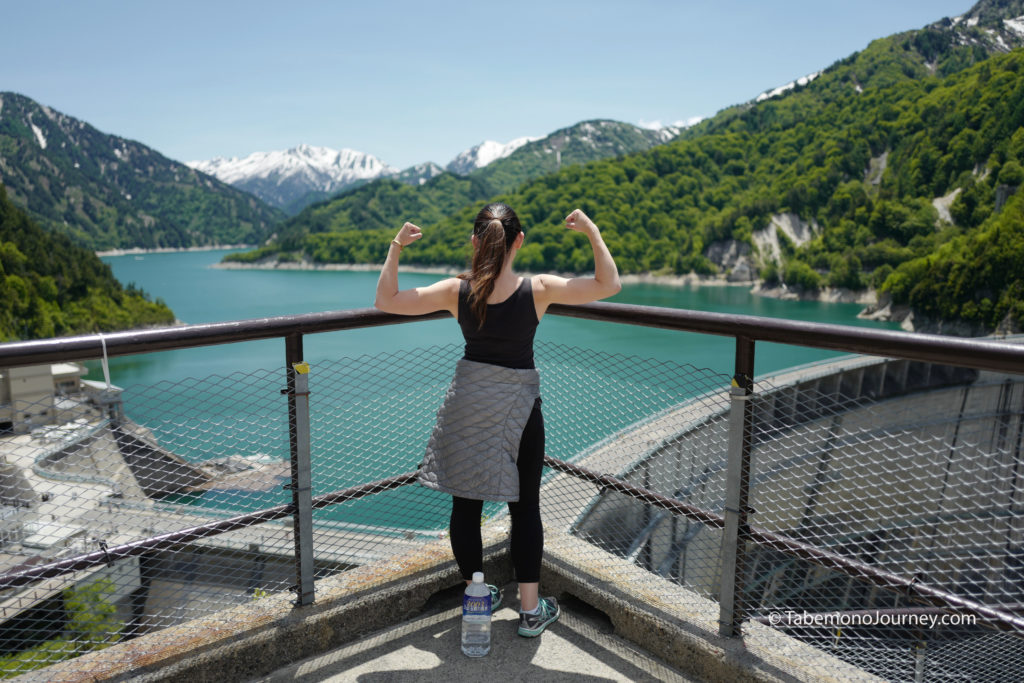
My wife and I made it up to the top of the observation deck, while our kids stayed in the rest area and ate the Kurobe dam curry, “a green, coconut-y” curry. The observation deck route was listed as taking at least 20 minutes to scale the various stairs. It was quite a feat in the sun and heat.
After the sight-seeing of the dam, we walked our way to the Kurobe Station to board another trolley bus. This time it was the Kandan Tunnel Trolley Bus that went through the excavated tunnel of Mt. Azawakadate.
We stopped at Ogizawa for our next bus which would take us to Matsumoto Station. With all the transportation, it’s a must to buy the pass if you plan to go all the way across like we did.
Here is the complete route from the official website. Seeing it together gives you better context of the breath and complexity of the transportations across the Japan Alps. It truly was an epic two-day adventure.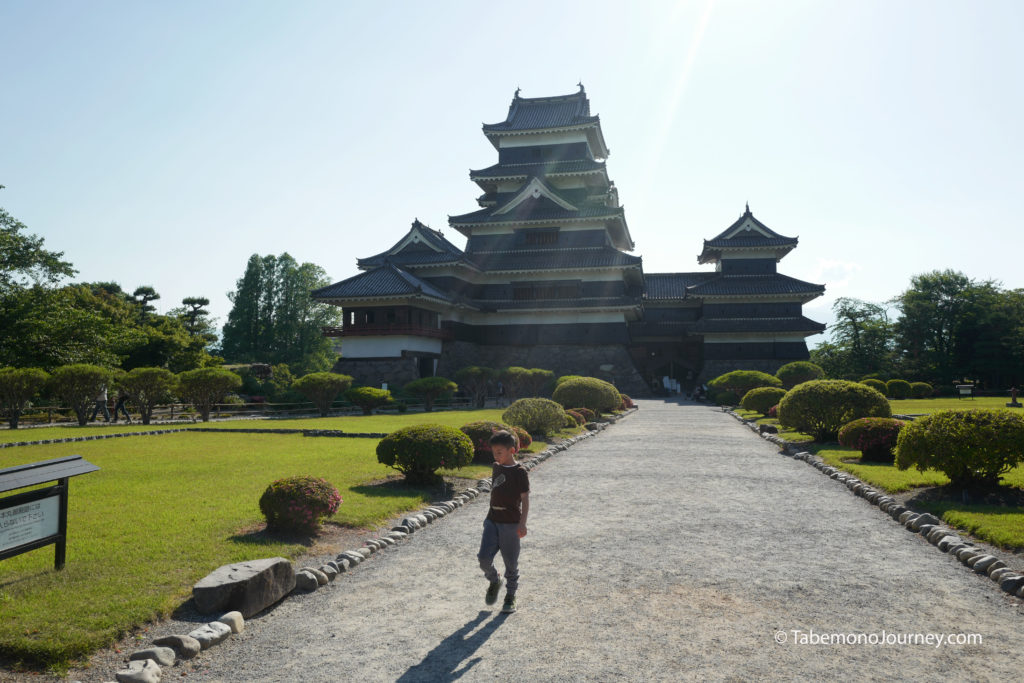
At Matsumoto station, we arrived just in time to be able to visit Matsumoto Castle, also known as the “Crow Castle” due to its black exterior. We were able to visit all the way to the top of the castle and back down. Matsumoto Castle, along with Himeji Castle and Kumamoto Castle is recognized as one of the three premier castles in Japan. While not the biggest castle, it is one of the most complete and beautiful castles amongst those that are still original and not rebuilt. We enjoyed our visit through the castle.
Heading back to Matsumoto Station, our shuttle bus from our next ryokan was waiting for us. Myojinkan was a more traditional ryokan but had been very well maintained. We loved that our room had a rotenburo (pictured above), but the ryokan additionally had an impressive three-public-hot-spring bath: your standard onsen, a standing onsen with an infinity-like pool overflow, and a laying down onsen bath. The food was kaiseki-style and amazing, such as the A5 Shinshu beef. It was a great way to unwind after an impressively busy day.
Day 9-10 : Kamikochi
After breakfast at Myojinkan, we had our shuttle bus take us back to Matsumoto Station. We purchased the Nagano 4 Bus Pass, as the JR buses and trains were very limited in the Nagano region. Most of our remaining transportation in this region will be using buses that the JR Pass is not valid on. The bus pass made sense for us as we would be using the bus lines often and they can get pricey with the distances we travelled in the region.
At the station, we took the Matusmoto Dentetsu Line to Shin-shimashima Station, which we then took the bus bound for Kamikochi, which was a 60 minute bus ride. Kamikochi is a remote mountainous national park that runs along the Azusa River Valley. It has been preserved in its natural state within the Chubu-Sangaku National Park. Besides the amazing national scenery, we went along amazing hiking trails and saw wild macaques (snow monkeys) up front.
We stayed overnight at the western-styled hotel, Kamikochi Lemeiesta Hotel, which is located in the park. The view from our room was amazing as the natural scenery was showcased through the panoramic windows. We received a front row seat to see the mountain and river. Dinner was a nice change as we were served a full-course French style cuisine in the hotel’s restaurant called La Riviere. The hotel was one of two in the area with an indoor and outdoor hot-spring baths, which was a warm welcome after a long hike. My wife and I made full use of the massaging chair which was in our room.
Day 10-12 – Takayama
Breakfast at Lemeiesta Hotel was a nice selection of Japanese-style buffet. I really liked the hotel and location and would love to explore Kamikochi more in the future. However, we only booked one night in our itinerary, so we checked out and made our way to the bus station to take the bus bound for Takayama.
At Takayama, we actually planned on doing laundry as we had clothes for our family of six in two hiking backpacks. My wife took the kids for lunch, while I made my way for a coin laundromat. When everything was done, our shuttle arrangement for our next ryokan, Wanosato, arrived to pick us up.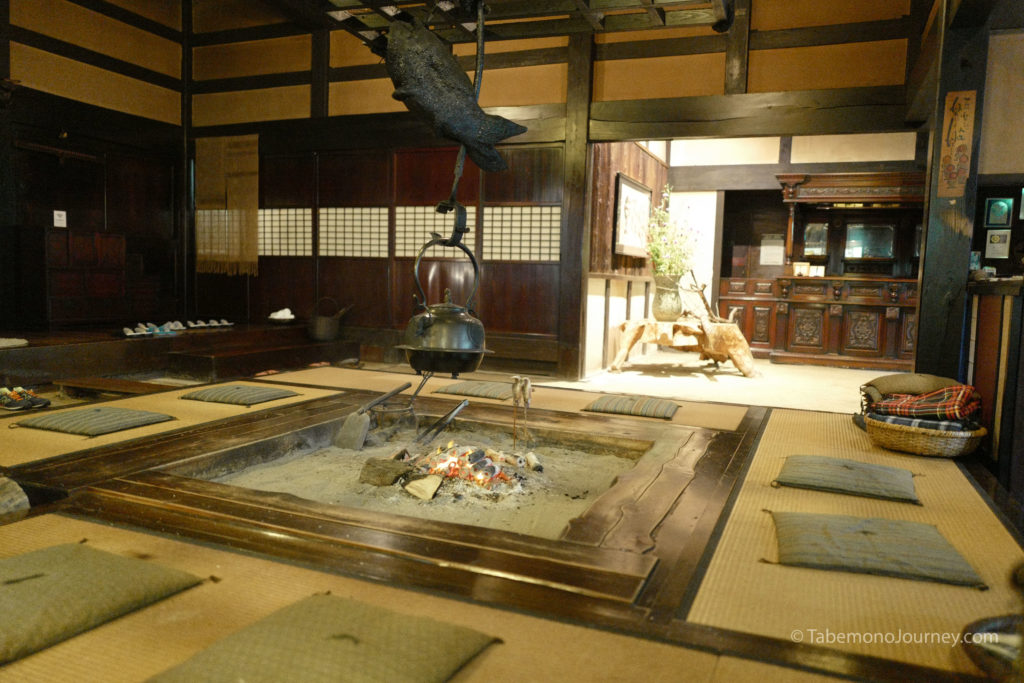
The ryokan was tucked away in the countryside in Hida-Takayama and was built along a river that runs though the property’s premise. The old thatched-roof houses, irori fireplace, and old mill-wheel gave a feeling of an era long past and was one of the key reasons why I wanted to spend two days in this amazing place. The irori was used not just to warm the building, but also used for cooking the river trout that was part of our dinner. At night, they even used the irori to warm sake in bamboo vessels as we were entertained by the attendants.
There are two hot spring baths in the facility, one of which was a beautifully recreated cave-like onsen. It had both a warm bath and a natural cold bath and was simply amazing.
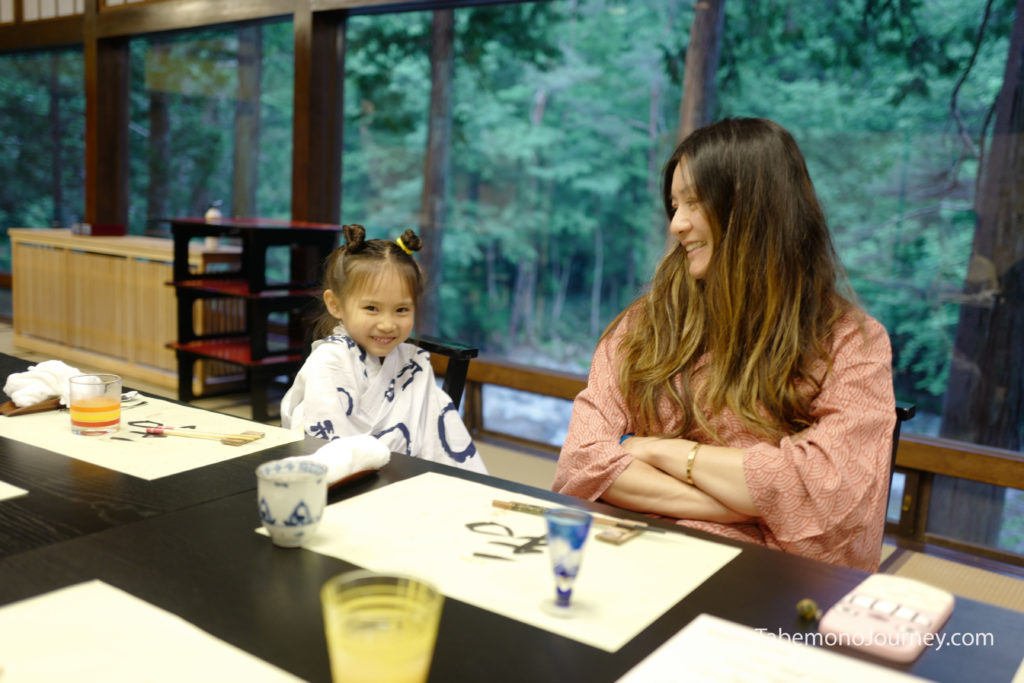
Dinner was served in the dining hall and featured an impressive Kaiseki meal, which utilized many rare local ingredients, from river trout to seasonal vegetables to the best cuts of Hida-beef. The chef did a great job to change-up our meals those two nights as we had A5 Hida-beef nigiri and shabu-shabu the second night.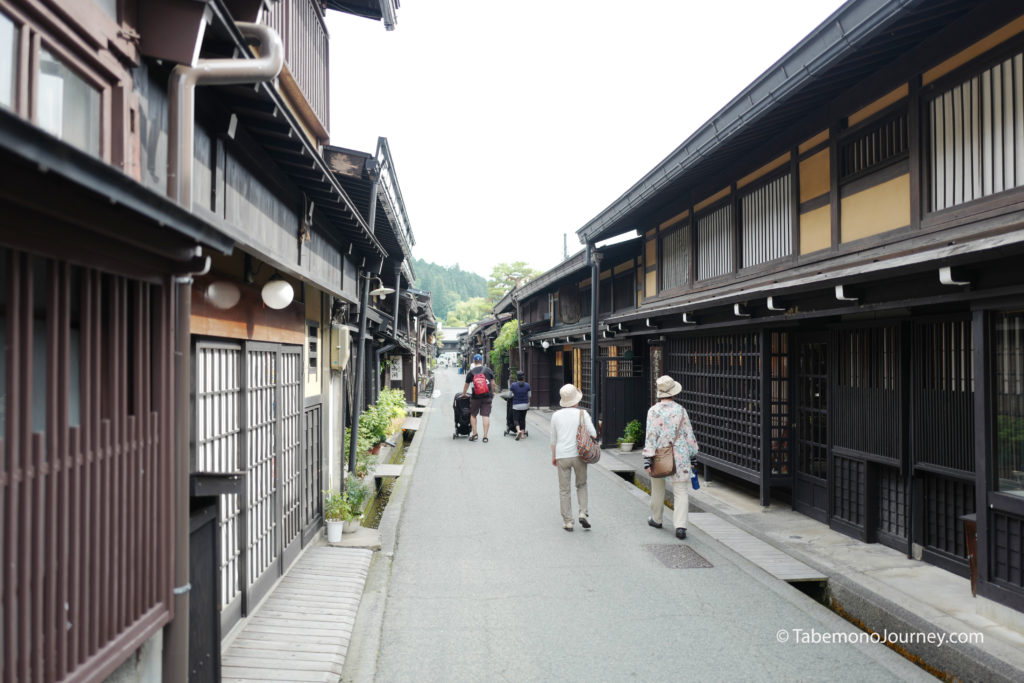
During our stay in Takayama, we toured the city as they had some very good street food. We also visited Sanmachi Suji’s historic district, which was lined with wooden merchant houses that dated back to the Edo Period. The buildings were very different from the Higashi Chaya district of Kanazawa, but they gave a nostalgic feel as if history came alive as we walked through the beautifully preserved buildings. All the buildings were dark brown or black in color, giving the area a very unique ambiance.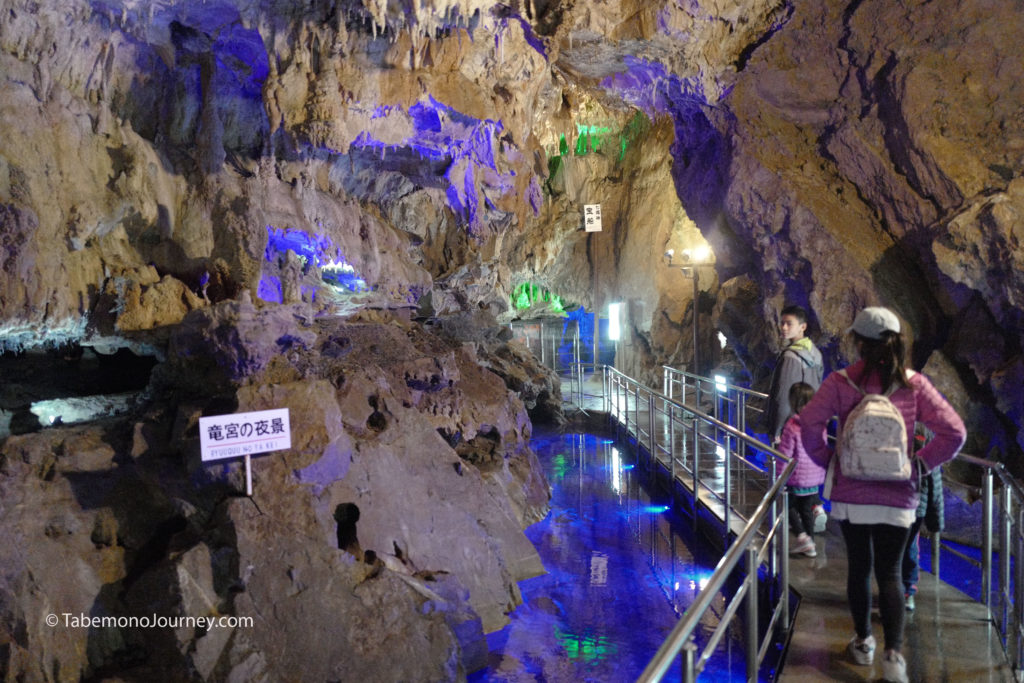
Hida Daishonyudo (Great Limestone) Cave was about a 30-minute bus ride from Takayama Station. From the stop, you use the phone to call the attendants who will come with a shuttle bus to pick you up and drop you off at the cave entrance. The cave was a large cavern that covered a length of 800 meters. The cave was illuminated to enhance the experience and was pretty cold in the deeper parts.
Day 12-13 – Shirakawa-go
We wrapped up Takayama with another wonderful Japanese breakfast at Wanasato. The highlight of our breakfast was the A5 hida-beef hoba miso over a flame vessel called a “shichirin.” This is a specialty of the region as the hoba is a large magnolia leaf grown locally. After checking out, our hotel shuttle bus dropped us off a Takayama Station. We took the bus to Shirakawa-go.
Shirakawa-go is a UNESCO world heritage site and is famous for their traditional gassho-zukuri farmhouses, more than 250 years old. Gassho means “hands clasped together in a prayer”, and you can see from the inverted V-shaped roofs it looks like when you put your hands together in a prayer. The roofs are designed to withstand large amount of snow and strong winds from the valley. Even more impressive was that no nails or screws were used to construct the buildings.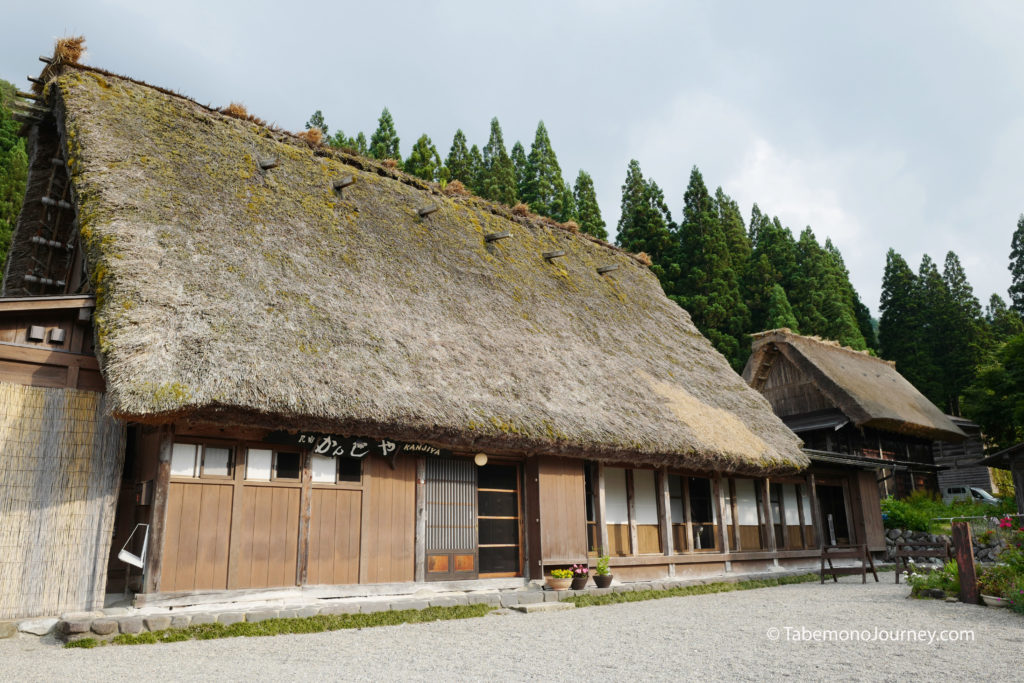
I booked the Minshuku, Kanja, for the night. Minshuku are family operated Japanese-sytle bed and breakfasts and we stayed in Kanja house in particular as I wanted to stay in an authentic gassho-zukuri. The owners recently renovated the building and converted it into a guesthouse. It was located on a hill in the middle of Shirakawago.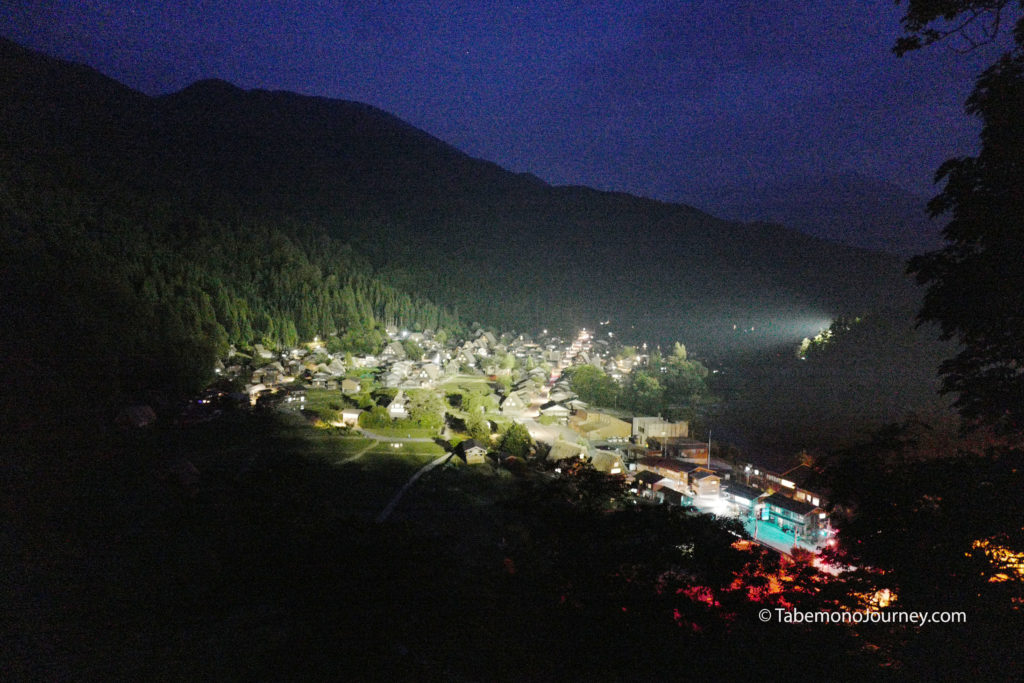
After dinner at Kanja house, we were able to enjoy Shirakawa-go without any of the tourists. The night view of the area was amazing, with the rice paper windows illuminating the gassho-zukuri buildings.
Our night stay at Kanja house was really memorable. Since the doors use the shoji screen doors, you could hear the frogs and crickets at night in the rice fields. As it was hot during the day, the gassho did not cool down until several hours into the night and there was no air conditioning. Needless to say, my wife and kids did not appreciate the rustic, farm-like experience, but for me, I loved it. After all, where else can you get an amazing experience?
At 6am in the morning, a “gong” was sounded which would wake up the whole village, including ourselves. The Kanja house served breakfast at 7am, and we had to check out by 9am.
We made a visit to the Gassho-Zukuri Minka-en Outdoor Museum which was near the village. It is made up of 27 different style houses that have been relocated from various areas in Shirakawa-go. After the open air museum, we headed to the bus station to take the bus scheduled back to Kanazawa station.
Day 13-14 : Kaga Onsen
From Kanazawa Station, we took the Shinkansen to Kaga Onsen Station as this was where our last ryokan of our trip. It was out-of-the-way, but I heard very excellent reviews about Kayotei, and wanted to stay for a night.
Kayotei is located in the Yamanaka Onsen area of Kaga. The ryokan has 10 suites that are arranged in the traditional style of a tea ceremony pavilion. It is an award-winning establishment and is famous for its food, which is all locally sourced. Dinner and breakfast was truly amazing, and some of the best we had in all of the luxury ryokans we stayed at.
Ayatori Bridge is a beautiful S-shaped bridge that was formed to look like a dragon rising in the sky. The bridge is in the Kakusenkei Gorge and is a 10-minute hike along the river from Kayotei. It is also next to the Kakusenkei Kawadoko, which is the first picture of this post.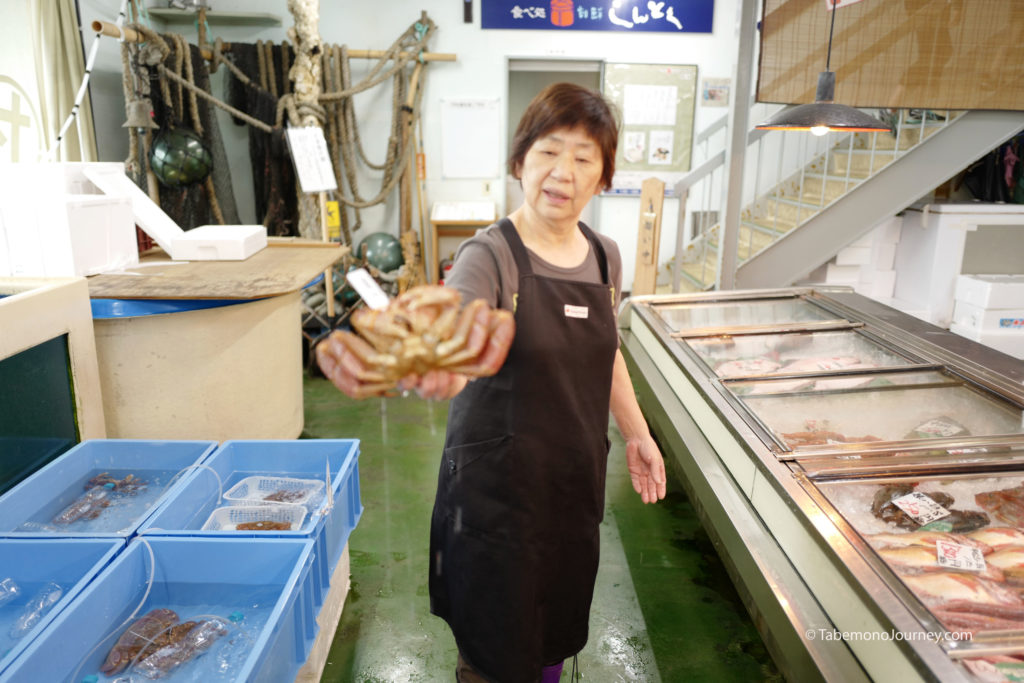
Before we left Kaga, we met a stop at a local fish market/resturant called Marisa-Suisan Market. Hereto can select the freshest of seafood and they would then prepare it in the restaurant upstairs.
Day 14-16 : Nagoya
After checking out of Kayotei, we took the Shirasagi JR Line Train to Maibara Station. From Maibara, we took the Hikari Shinkansen to Nagoya.
We stayed at the Nagoya Hilton, and the hotel offered us a room upgrade for a very reasonable price. As we were staying for 2 nights, I took up the offer. We also had met up with my wife’s sister and her family. This made us a party of ten (6 from my family and 4 from my wife’s sister). As such, dinner options serving the area’s specialty became very limited to be able to accommodate a large party. We had to settle for some lesser known shops for things like hitsumabushi, grilled Nagoya style eel, which our hotel concierge helped us book.
For a foodie, this was disappointing, but just meant we’ll have to come back in the future. Japan is just not meant for a large group of people, especially if you want some of the best-of-the-best food as these restaurants tend to be very small. For my family of six, we usually offer to split our party up, just so we can be accommodated.
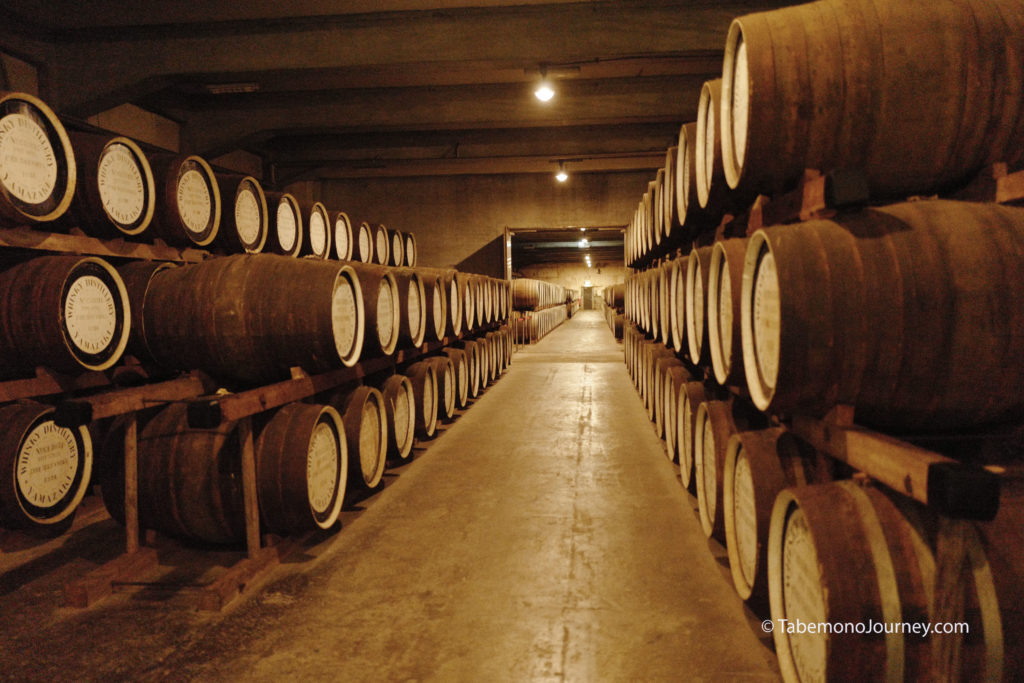 On the second day, I had booked a tour and tasting to Yamazaki Distillery. The Yamazaki 18 is one of my favorite whisky and had to take a tour. Since we had the JR pass, we were able to take the Shinkansen from Nagoya to Yamazaki Station within an hour’s ride. The tour was a very reasonable 1000 yen (about $10 US) and even included tasting and lessons on how to make a highball.
On the second day, I had booked a tour and tasting to Yamazaki Distillery. The Yamazaki 18 is one of my favorite whisky and had to take a tour. Since we had the JR pass, we were able to take the Shinkansen from Nagoya to Yamazaki Station within an hour’s ride. The tour was a very reasonable 1000 yen (about $10 US) and even included tasting and lessons on how to make a highball.
However, the best part was that you can get a 4 oz pout of the top whisky from the Suntory Lineup for 2900 yen ($29 US). This included the Yamazaki 25, Hakushu 25, and the Hibiki 30.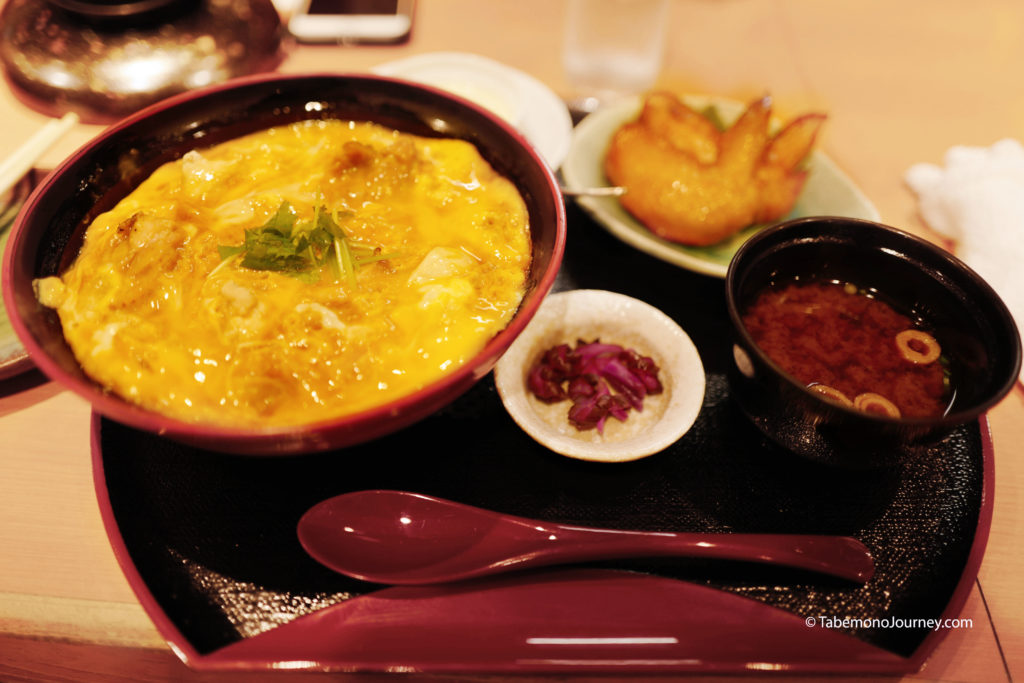 The second night in Nagoya, my target was to eat at a Nagoya Cochin restaurant. The Nagoya Cochin is a hybrid Chinese and Japanese chicken that became a specialty of Nagoya. The first restaurant we tried could not accommodate our party of ten, but we were able to score seats at Tori Gotetsu. They seated our families in separate tables, but we were able to experience one of the best oyakodon I ever had.
The second night in Nagoya, my target was to eat at a Nagoya Cochin restaurant. The Nagoya Cochin is a hybrid Chinese and Japanese chicken that became a specialty of Nagoya. The first restaurant we tried could not accommodate our party of ten, but we were able to score seats at Tori Gotetsu. They seated our families in separate tables, but we were able to experience one of the best oyakodon I ever had.
Days 16-21 : Tokyo
From Nagoya Station, we took the Hikari Shinkansen back to Tokyo. The plan was to spend the next 5 nights/ 6 days mainly to eat. We stayed at the Palace Hotel Tokyo, and they helped me book reservations to several restaurants, such as: Sushi Tokami, Sushi Masuda, Daisan Harumisushi, and Ryugin. They even helped us all with pre-booking Ghibli Museum tickets.
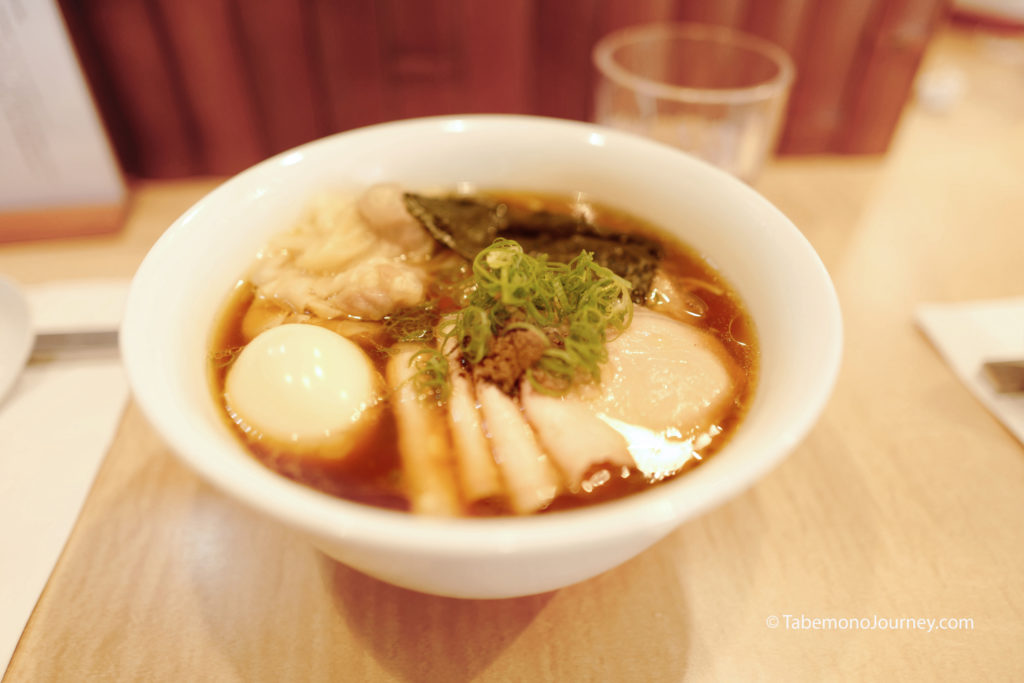 A $10 dollar bowl of Michelin? Yes, and it was very good. Tsuta ramen is one of two ramen restaurants rewarded a Michelin Star. What does a bowl of $10 Michelin ramen taste like? It is a shoyu broth with a tare sauce made from a blend of three different soy sauces. The addition of black truffles further gives it a beautiful umami kick that does not over power, but only enhances the broth. The noodles were freshly made and while they call it “soba”, it actually is in reference to what Japan calls Chinese noodles, so it in fact is ramen. It would have been our favorite ramen place, except when we tried Kagari the next day.
A $10 dollar bowl of Michelin? Yes, and it was very good. Tsuta ramen is one of two ramen restaurants rewarded a Michelin Star. What does a bowl of $10 Michelin ramen taste like? It is a shoyu broth with a tare sauce made from a blend of three different soy sauces. The addition of black truffles further gives it a beautiful umami kick that does not over power, but only enhances the broth. The noodles were freshly made and while they call it “soba”, it actually is in reference to what Japan calls Chinese noodles, so it in fact is ramen. It would have been our favorite ramen place, except when we tried Kagari the next day.
Kagari is hidden away in a tiny unmarked alley in the Ginza area of Tokyo. It is known for their tori-paitain “soba”. Again the soba reference here like Tsuta is not the buckwheat noodles we know in the states, but is in reference to the Japanese term as “Chinese wheat noodles”. The creamy soup was chicken based and was very smooth and amazingly light for a thick broth. The noodles were fine and medium thickness. The slices of chicken were cooked perfectly. It was the best tori-paitan ramen I ever tasted, and overall the best ramen I ever had.
I directly booked Narisawa for a lunch with my wife. We were able to find some alone time on our travels and had a very nice lunch at this amazing restaurant. The court above is called Satoyama Scenery and Essence of the Forest. It was one of Chef Narisawa’s signature dishes that focuses on his home town. Almost too pretty to eat.
Overall, our fourth time in Japan and I continue to feel that I only scratched the surface of what it has to offer. We always leave feeling that our time was too short and once back in the states, we crave the flavored of the food and the exotic experience. Look forward to our future post about the in-details of our trip of each area.
